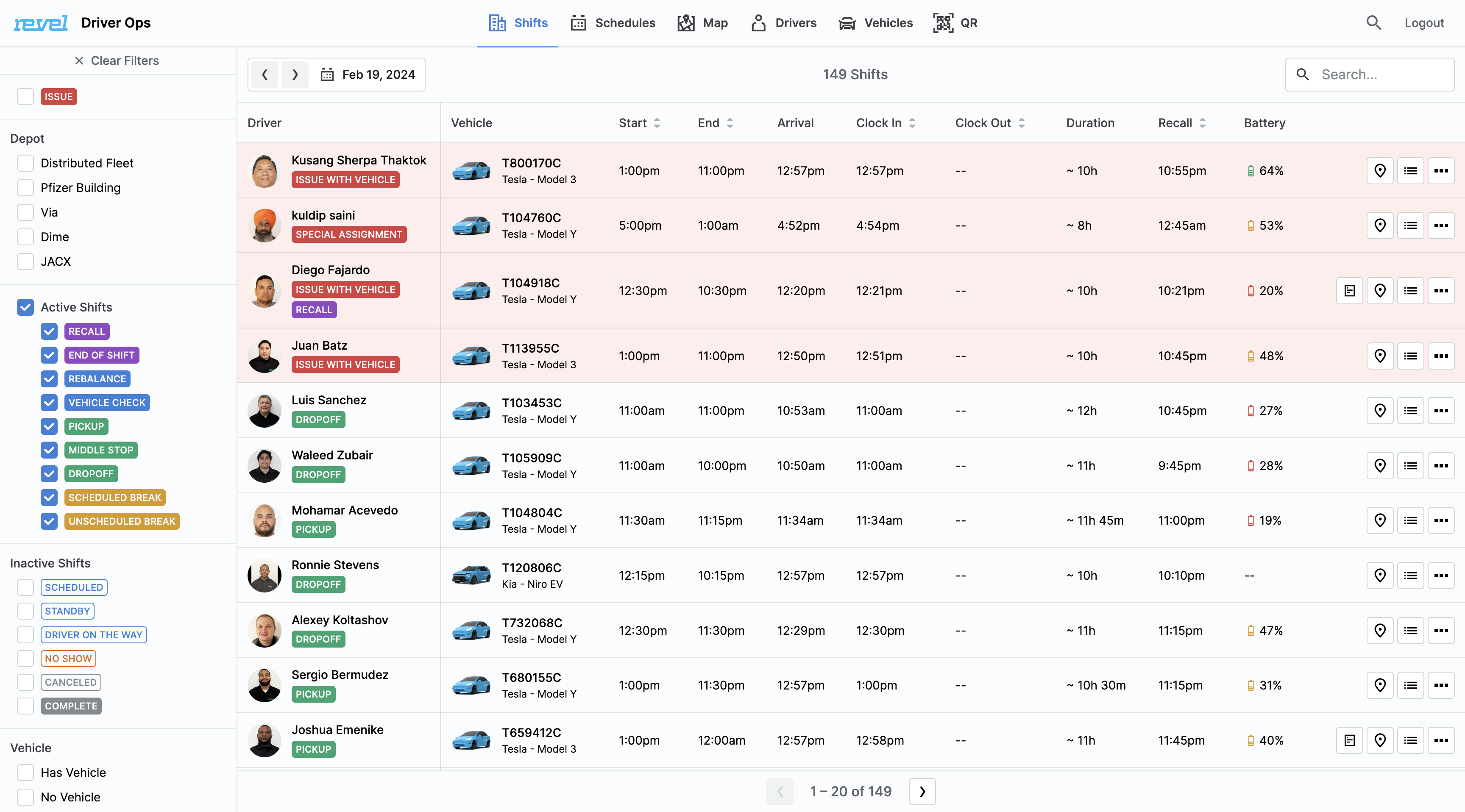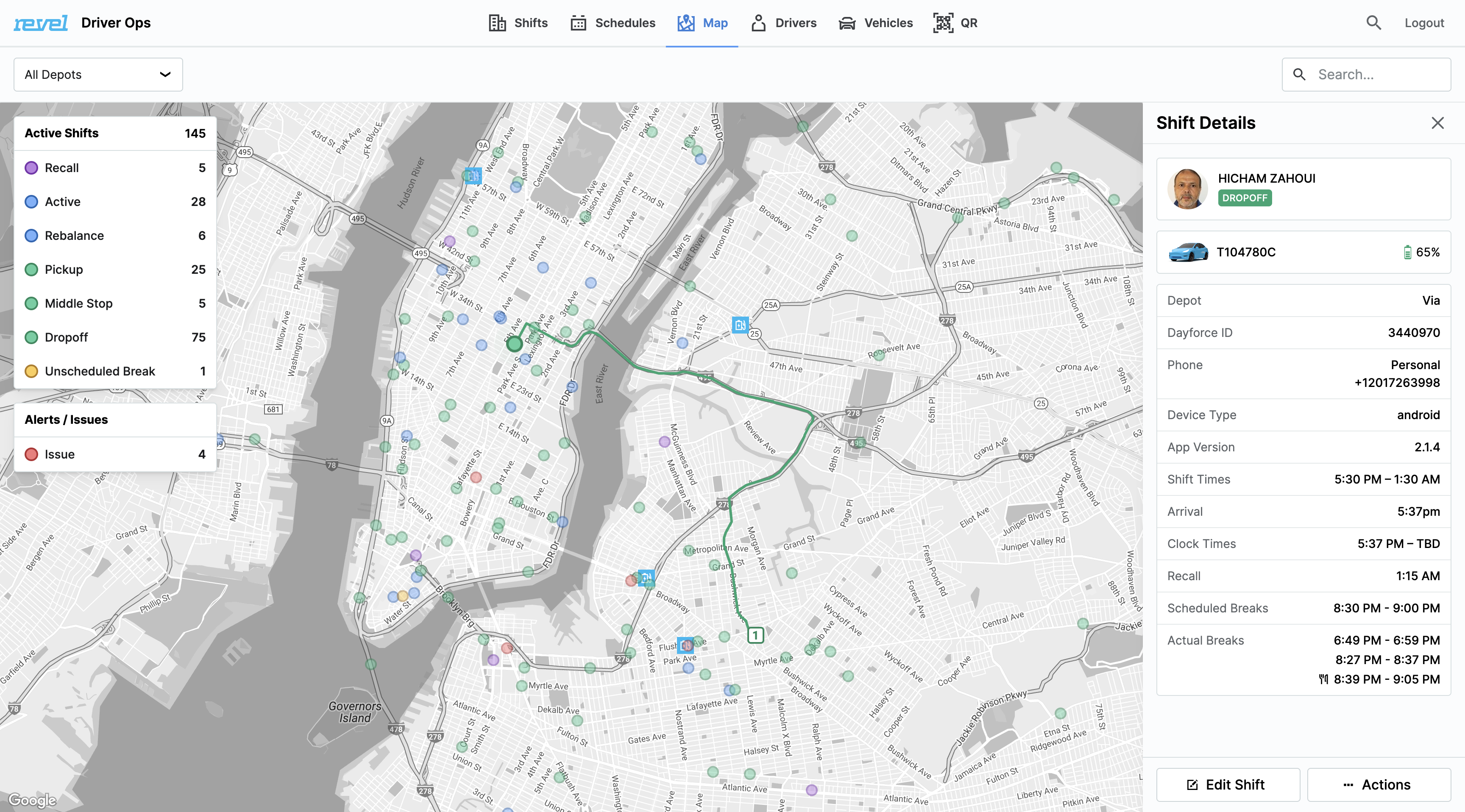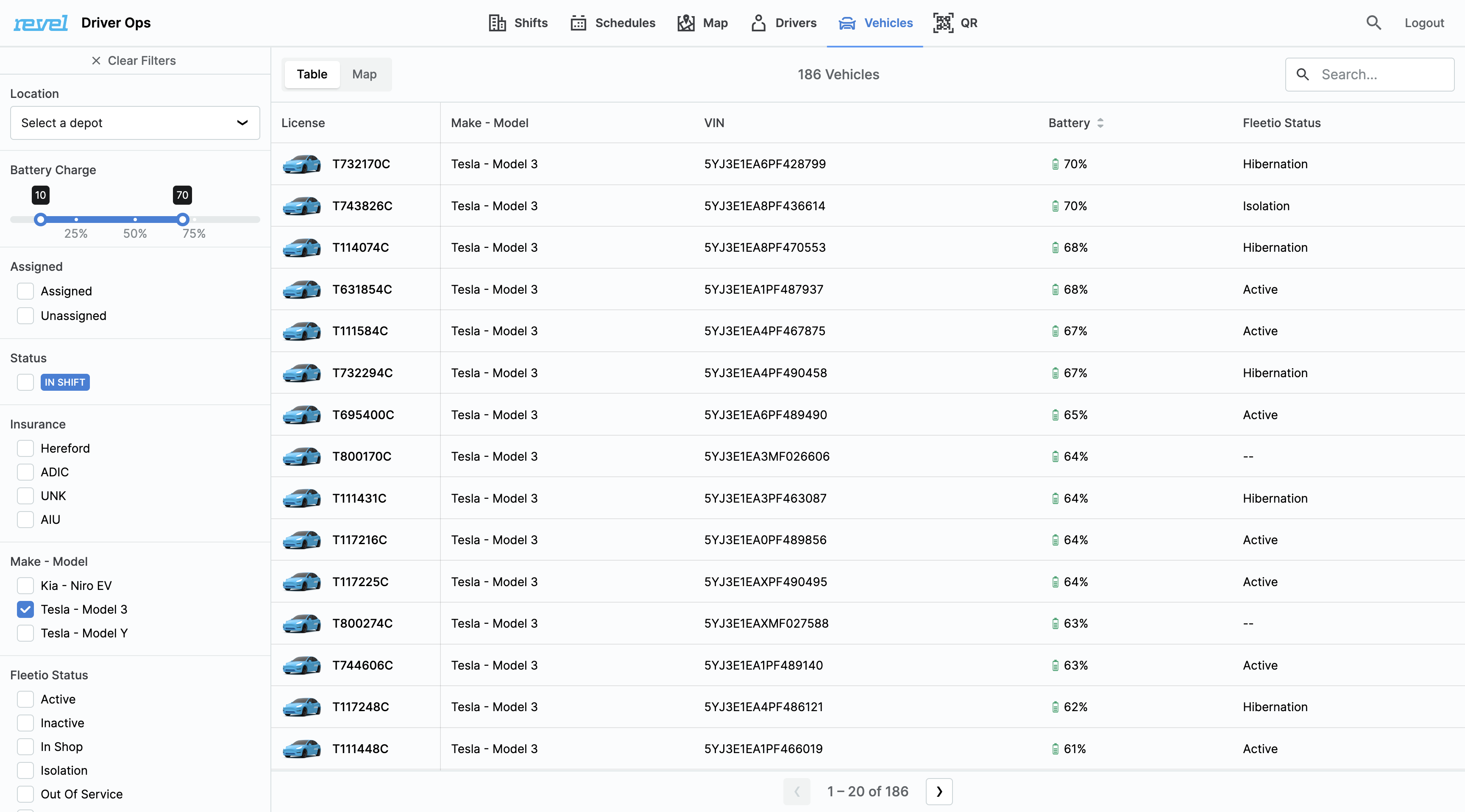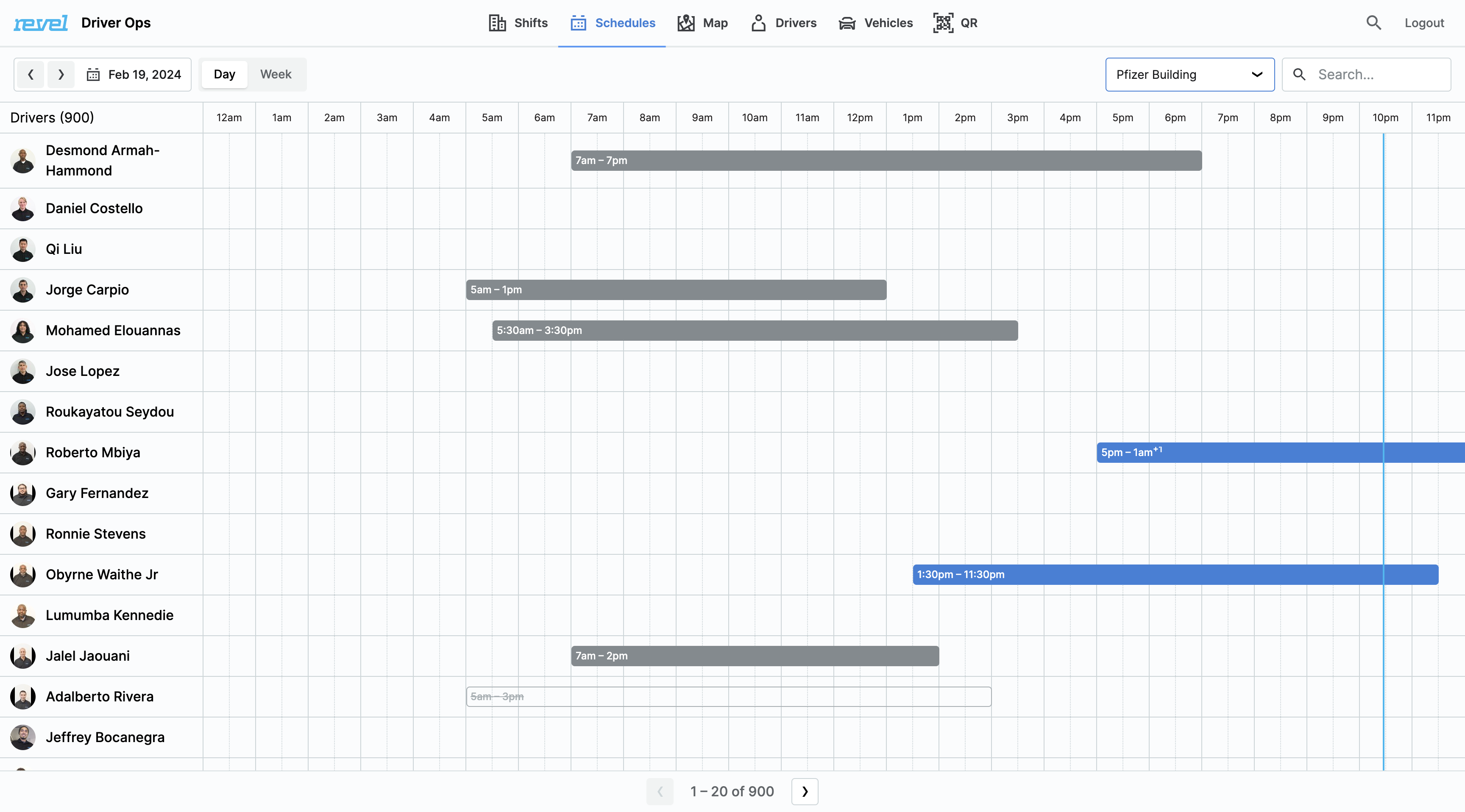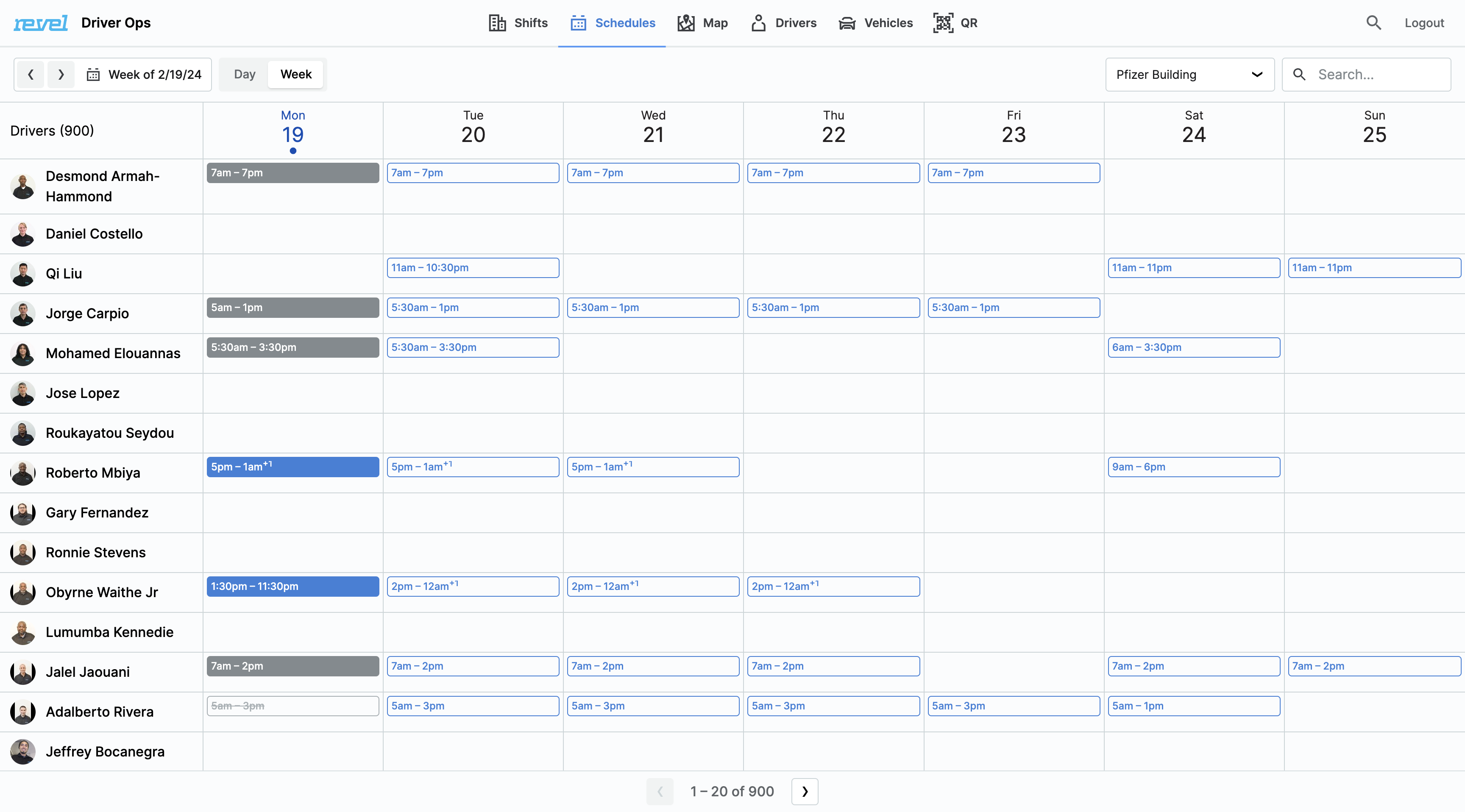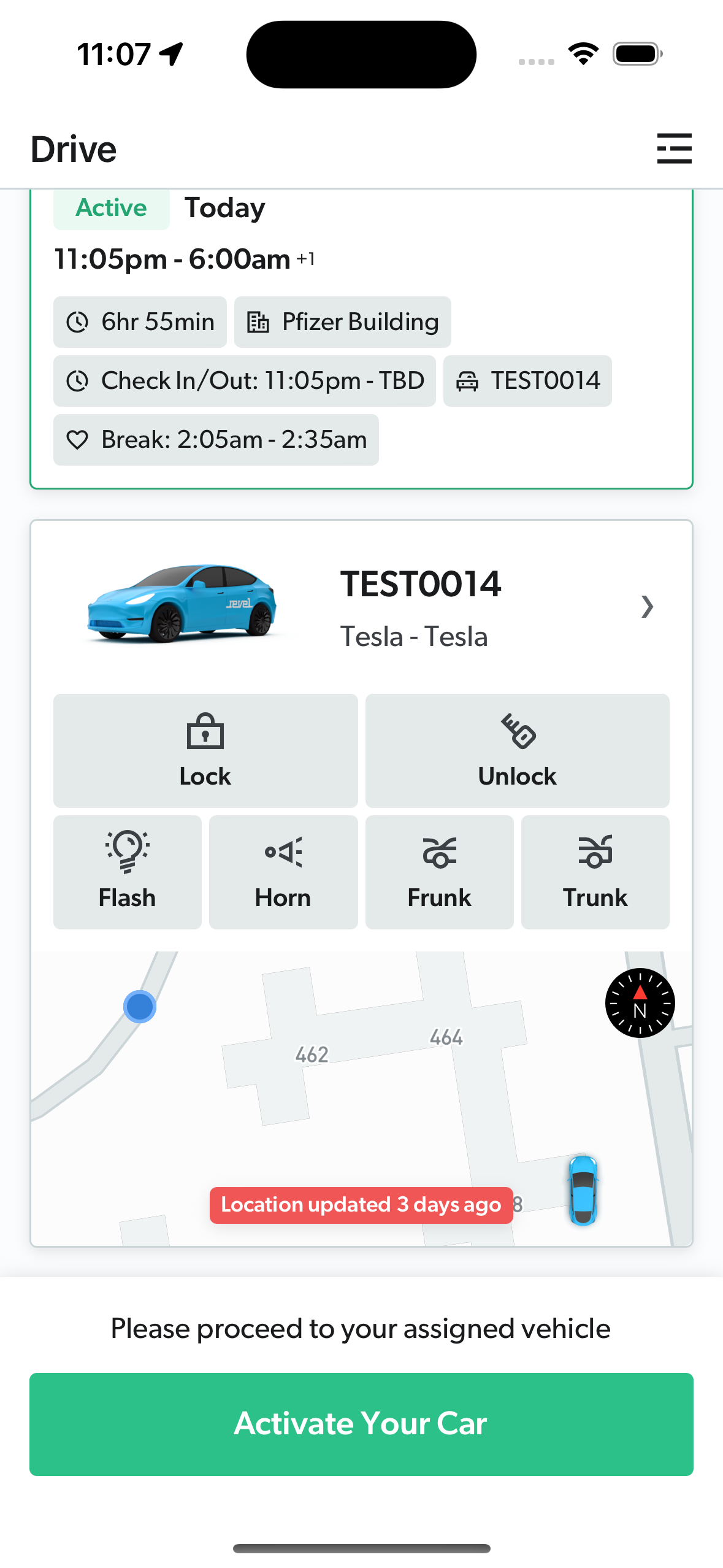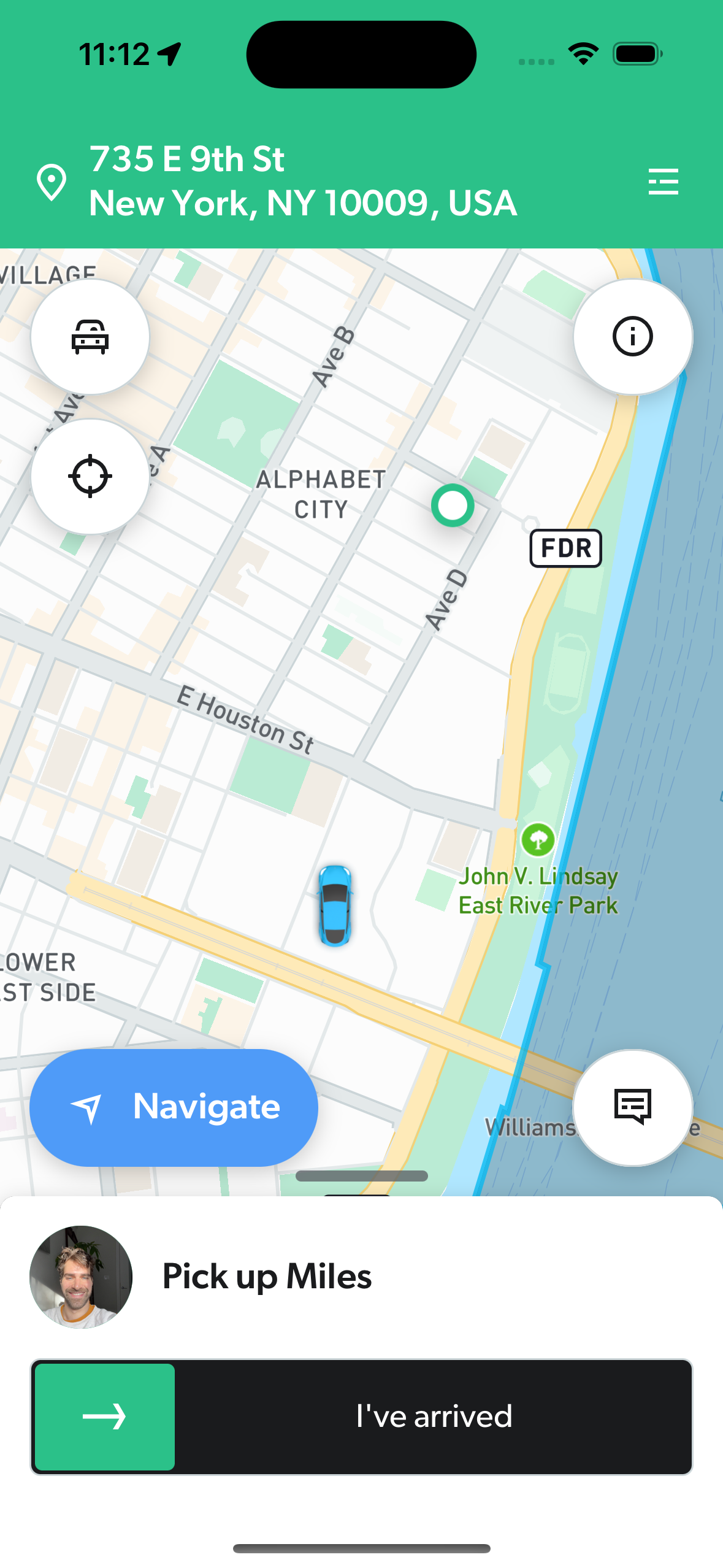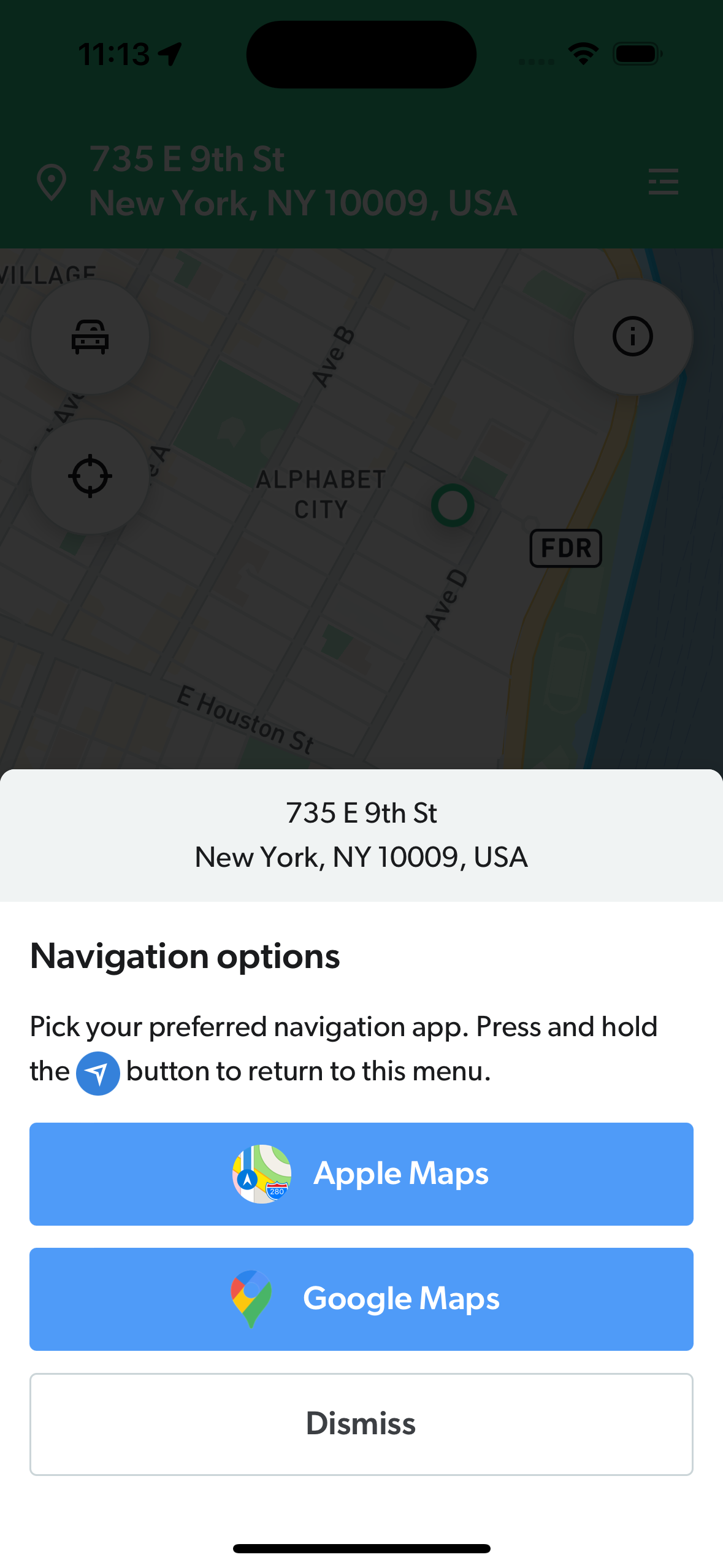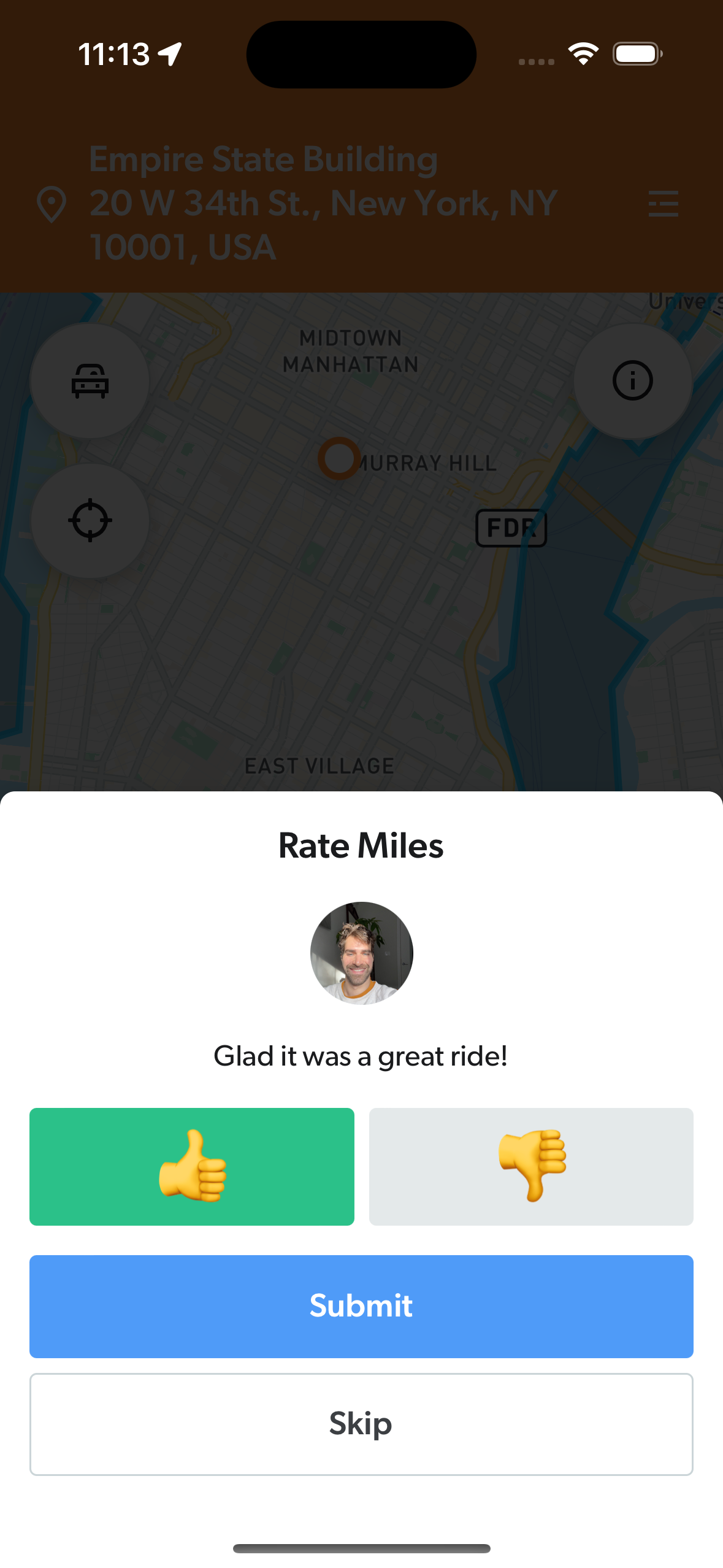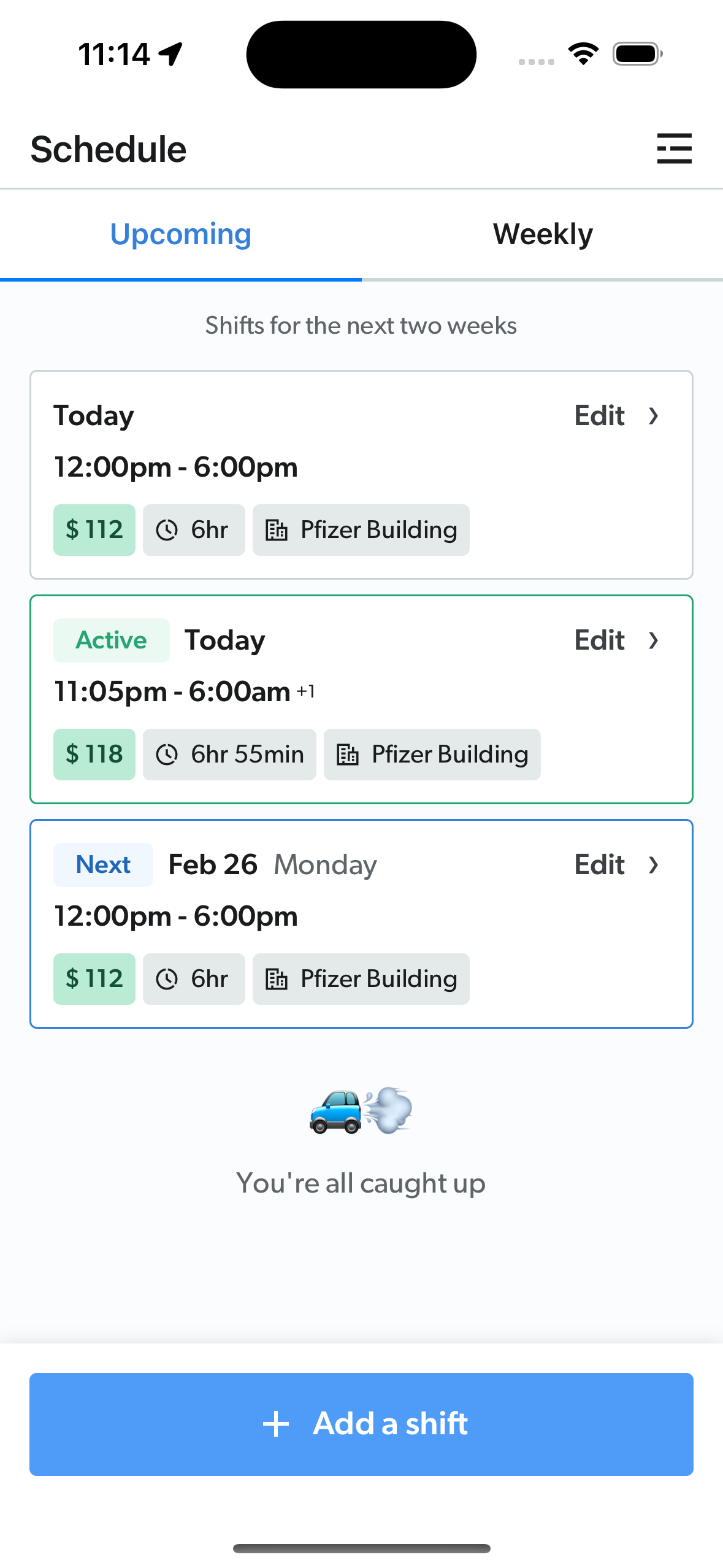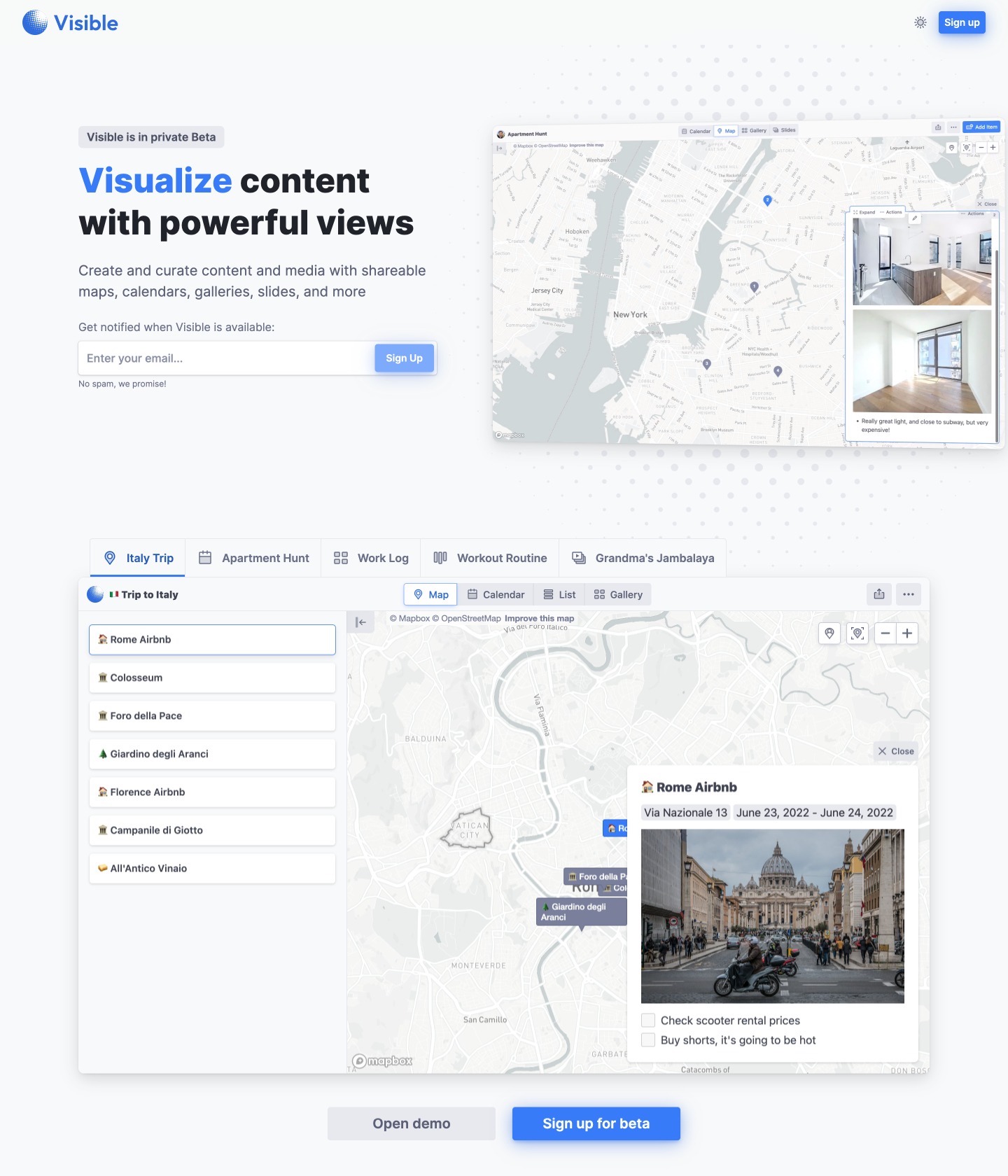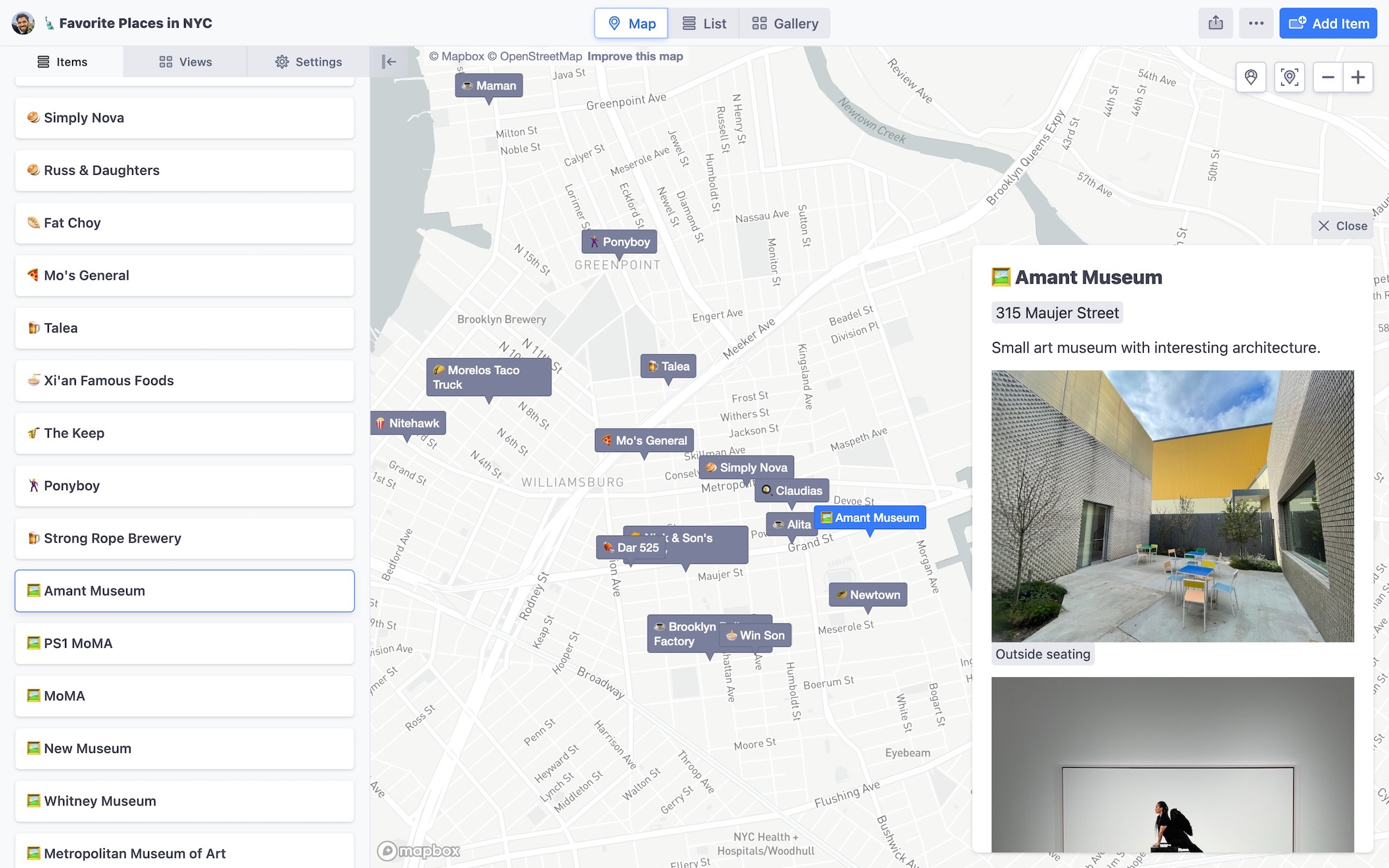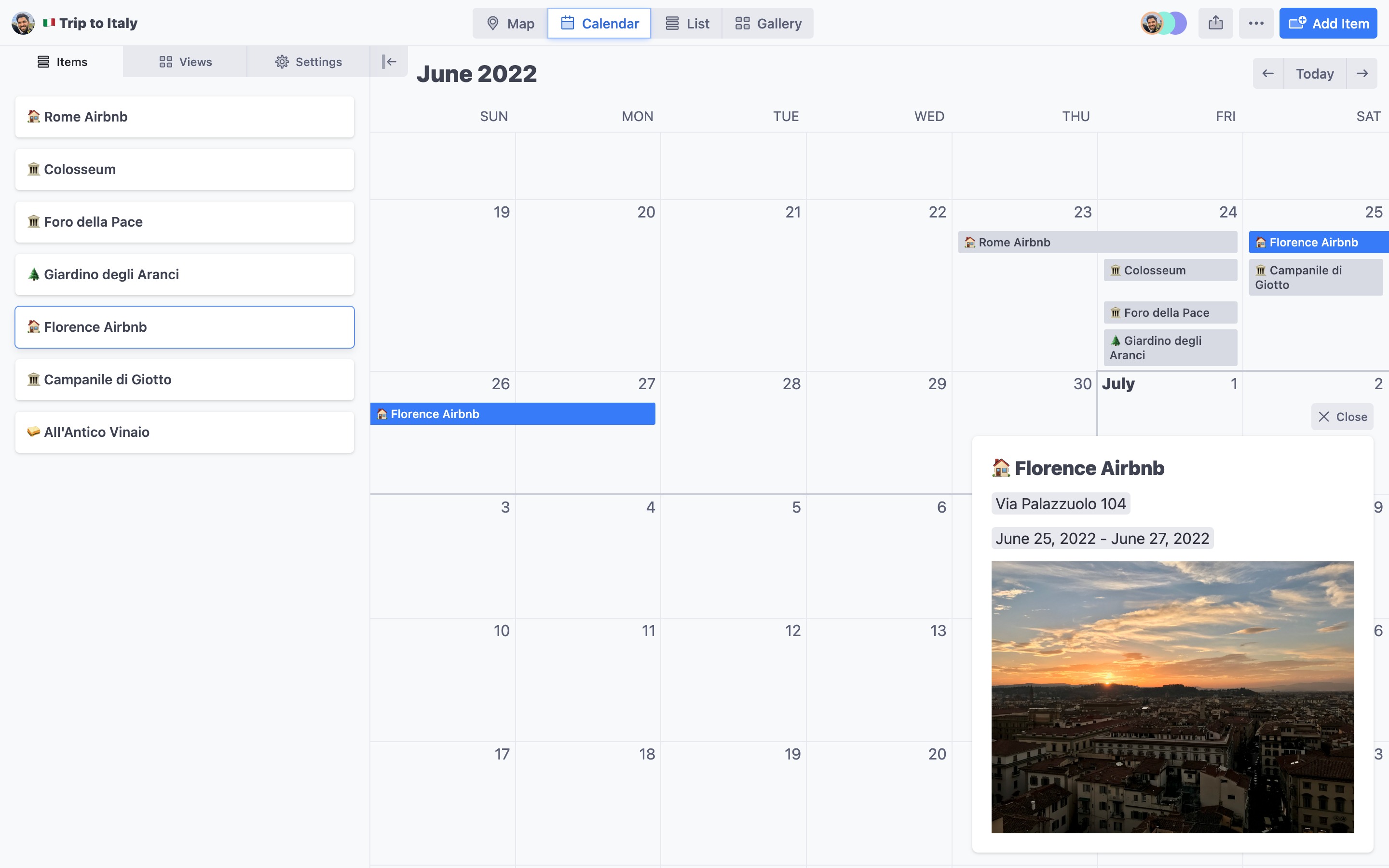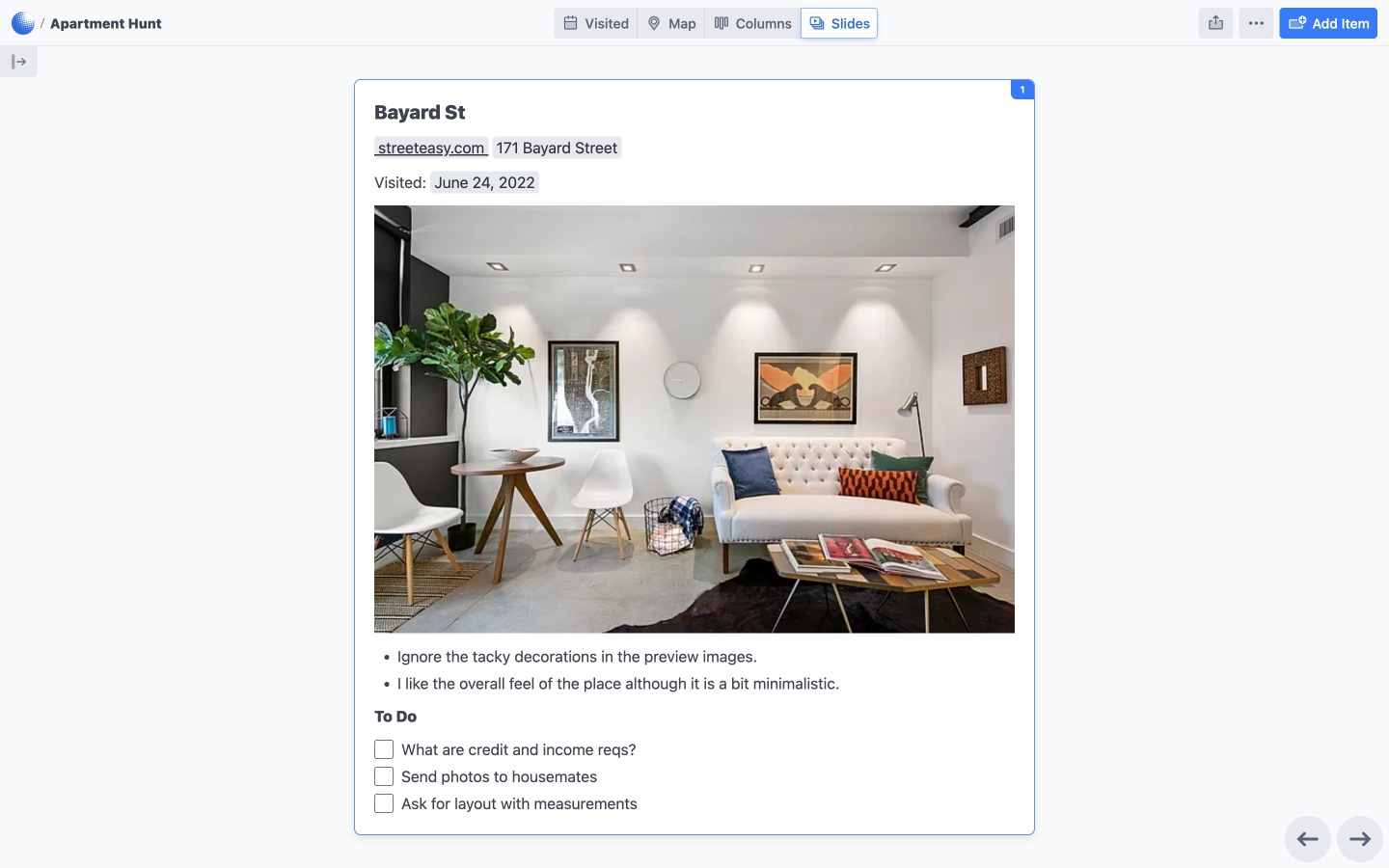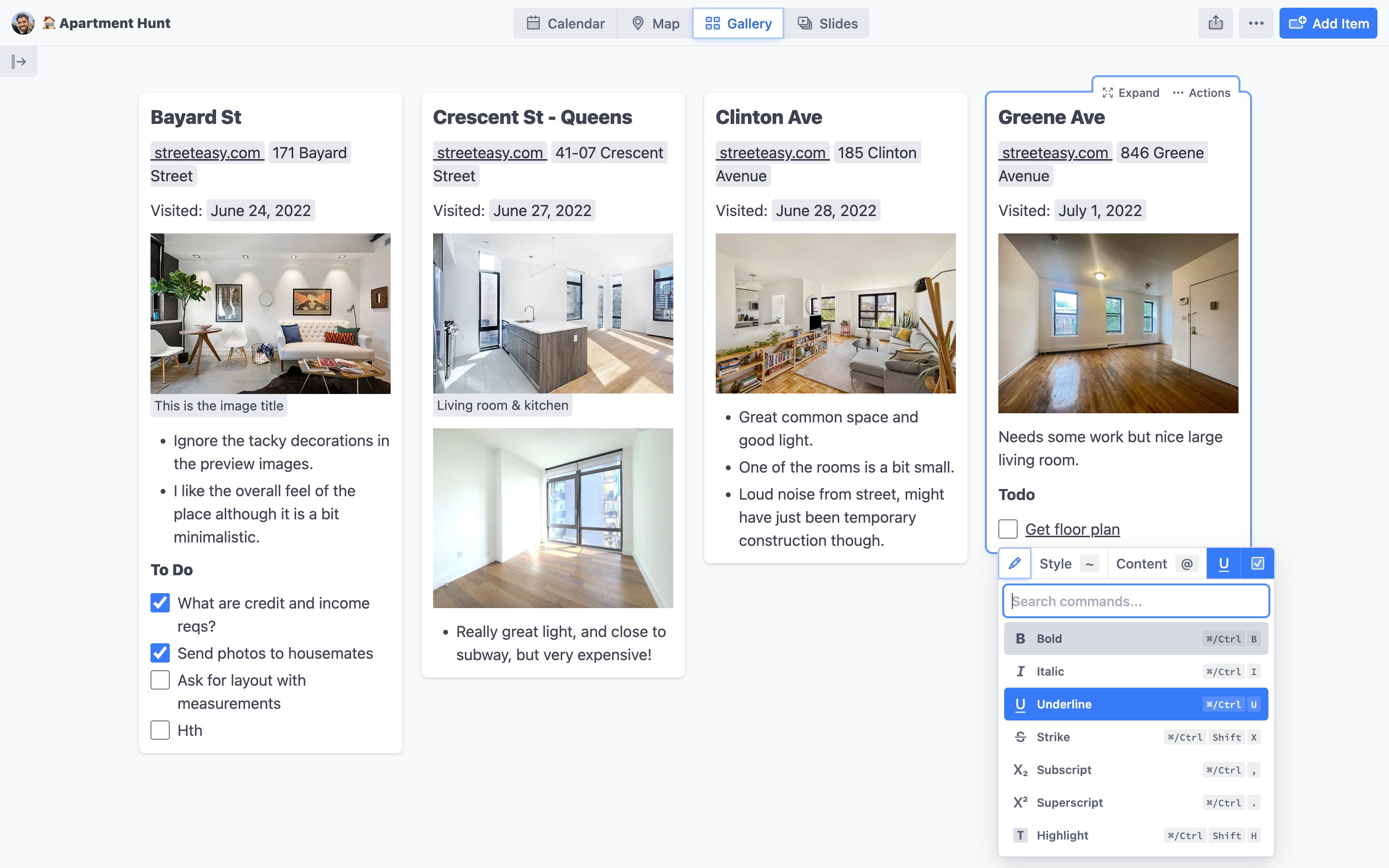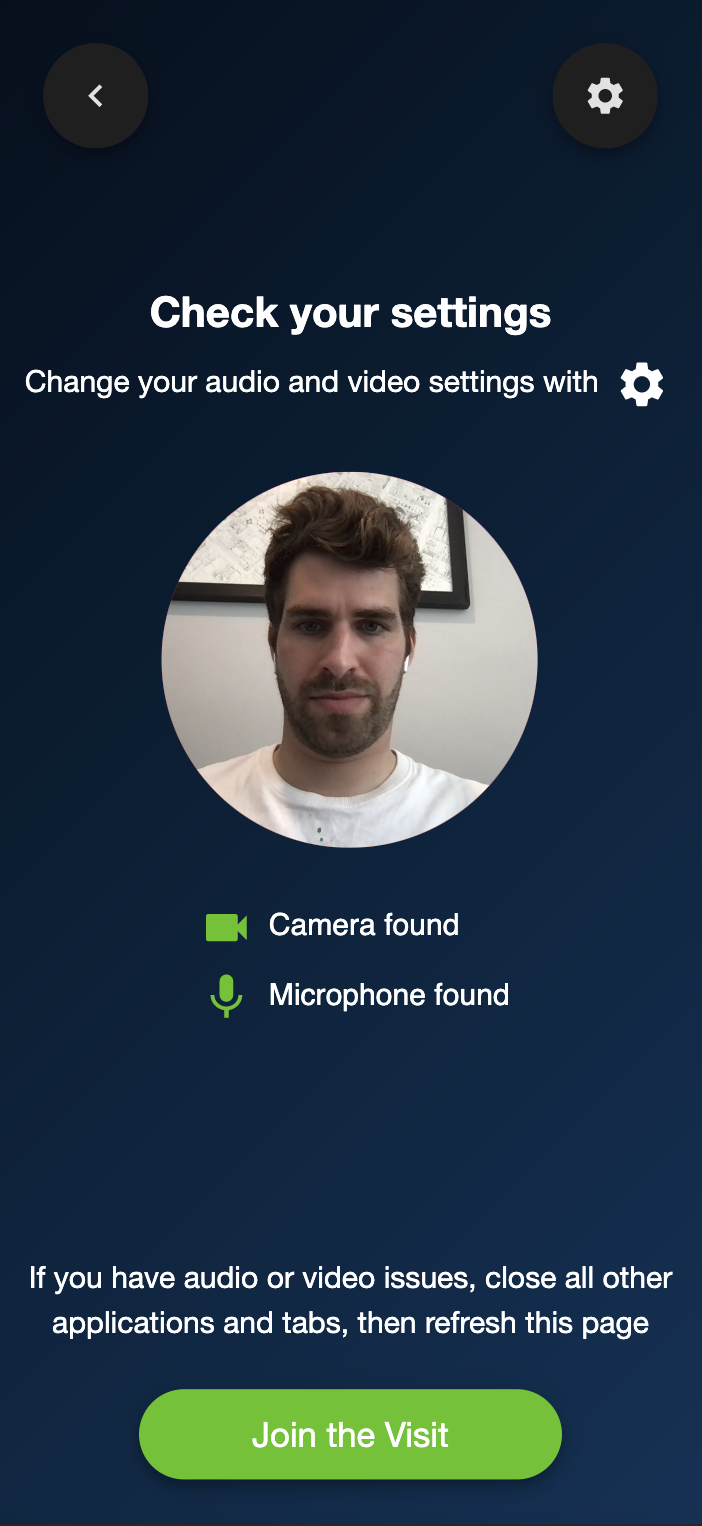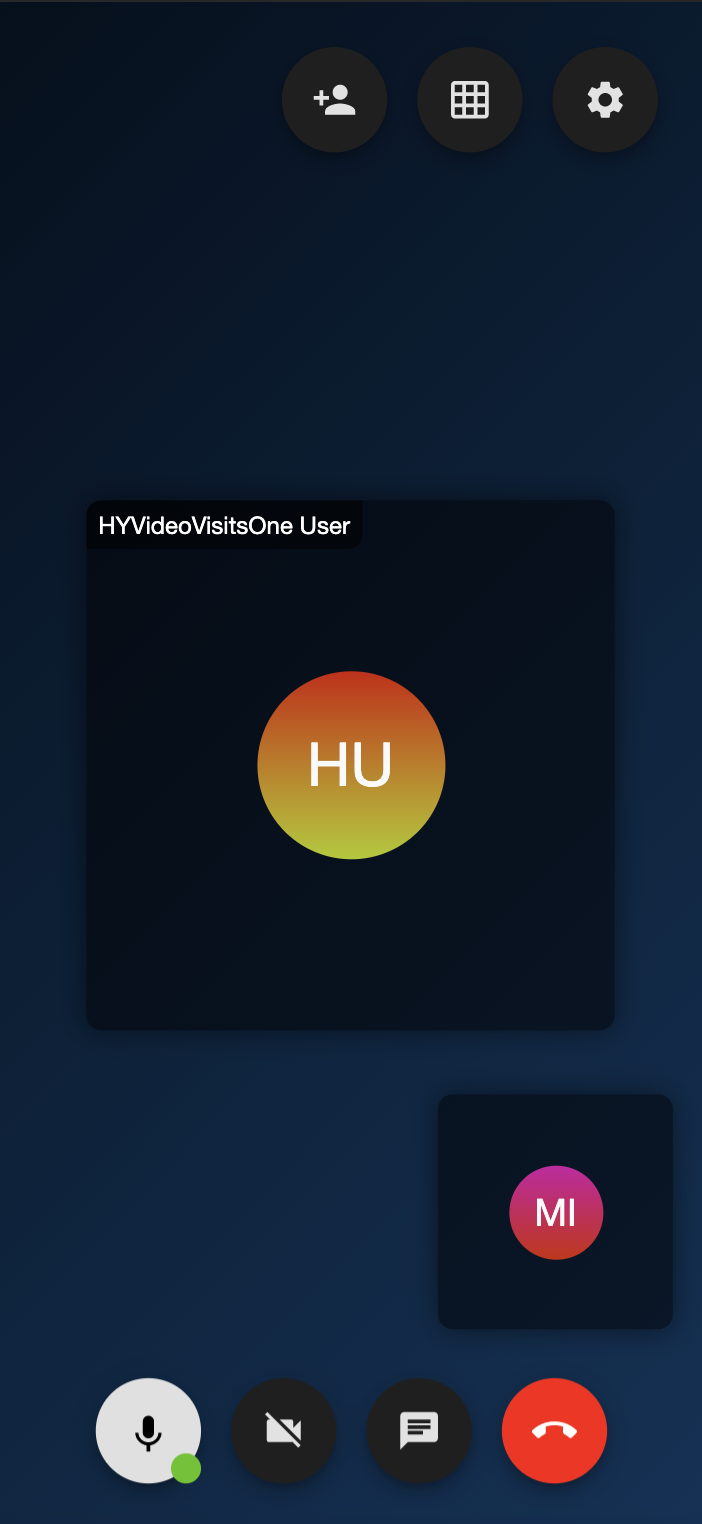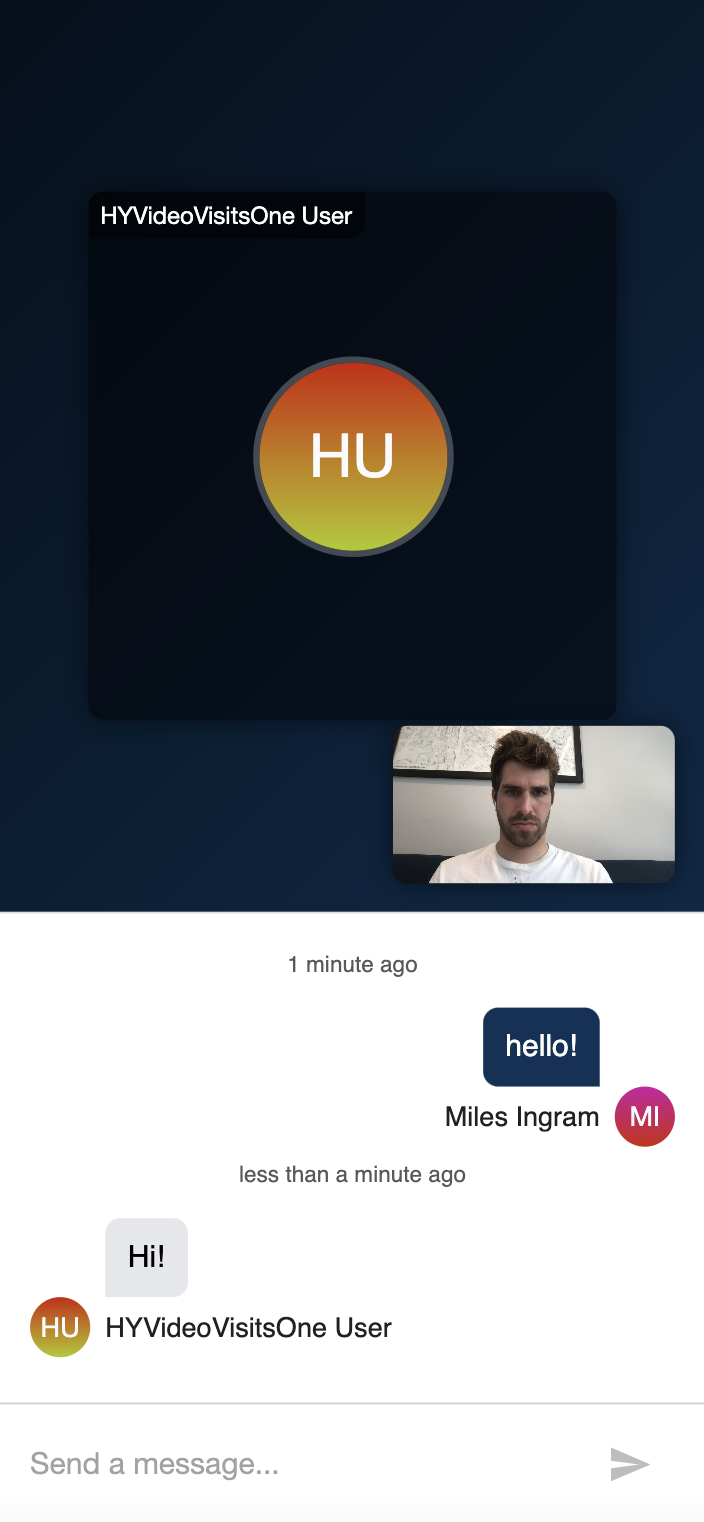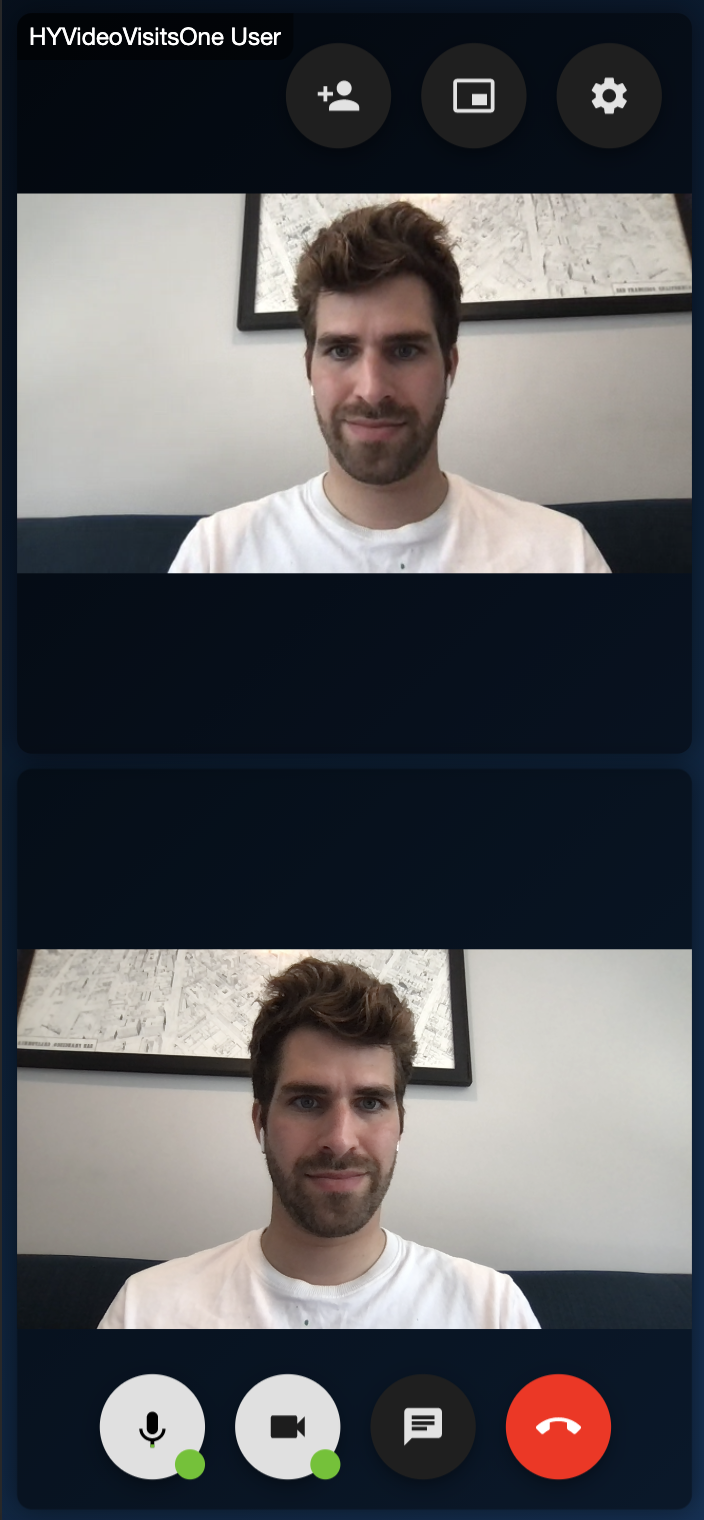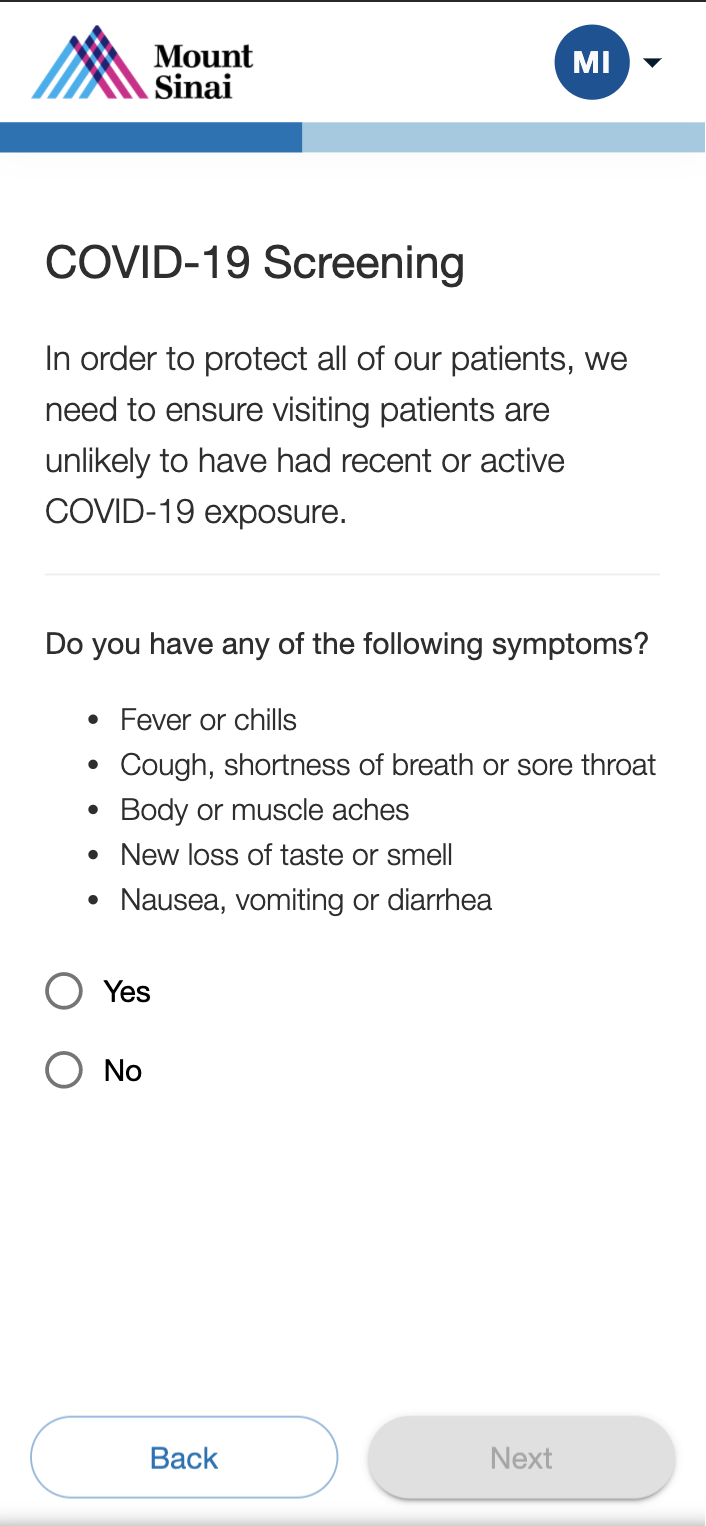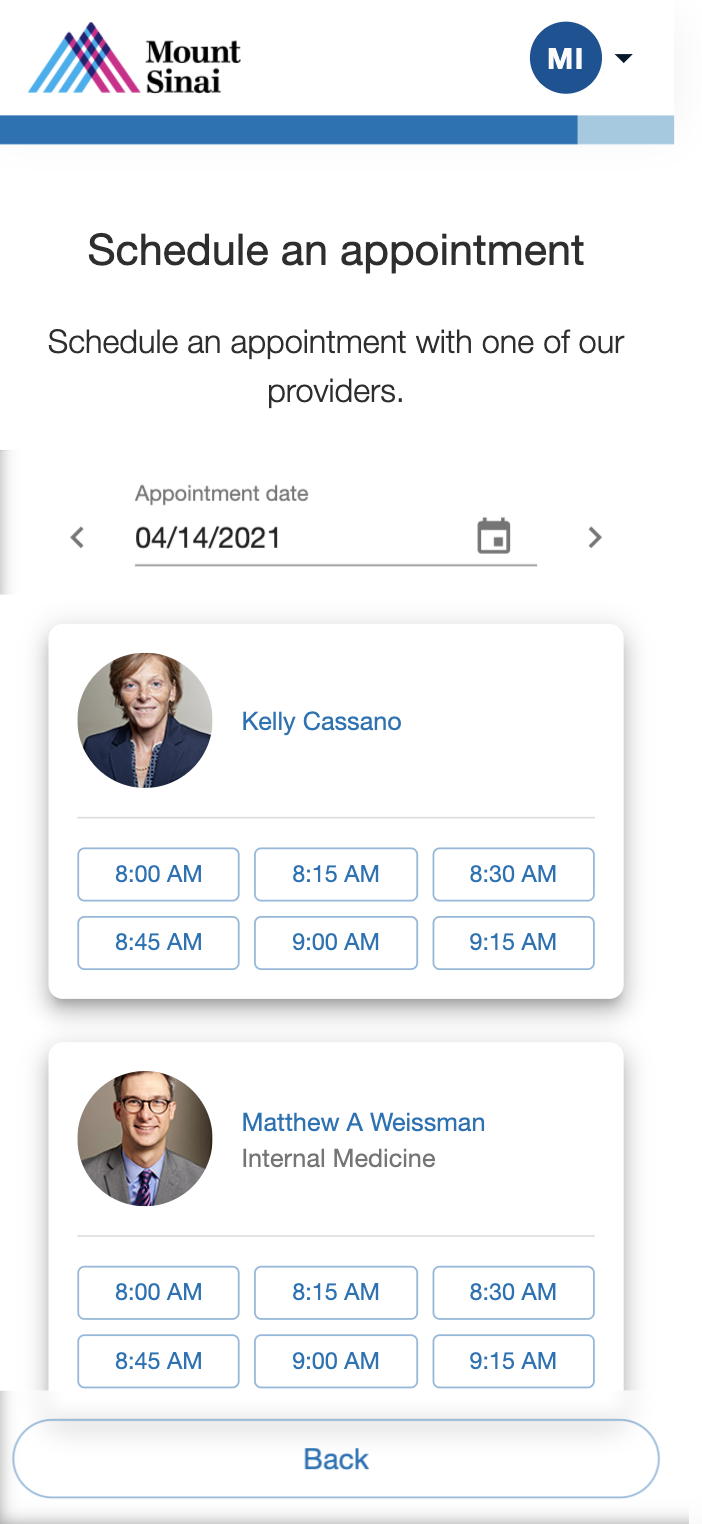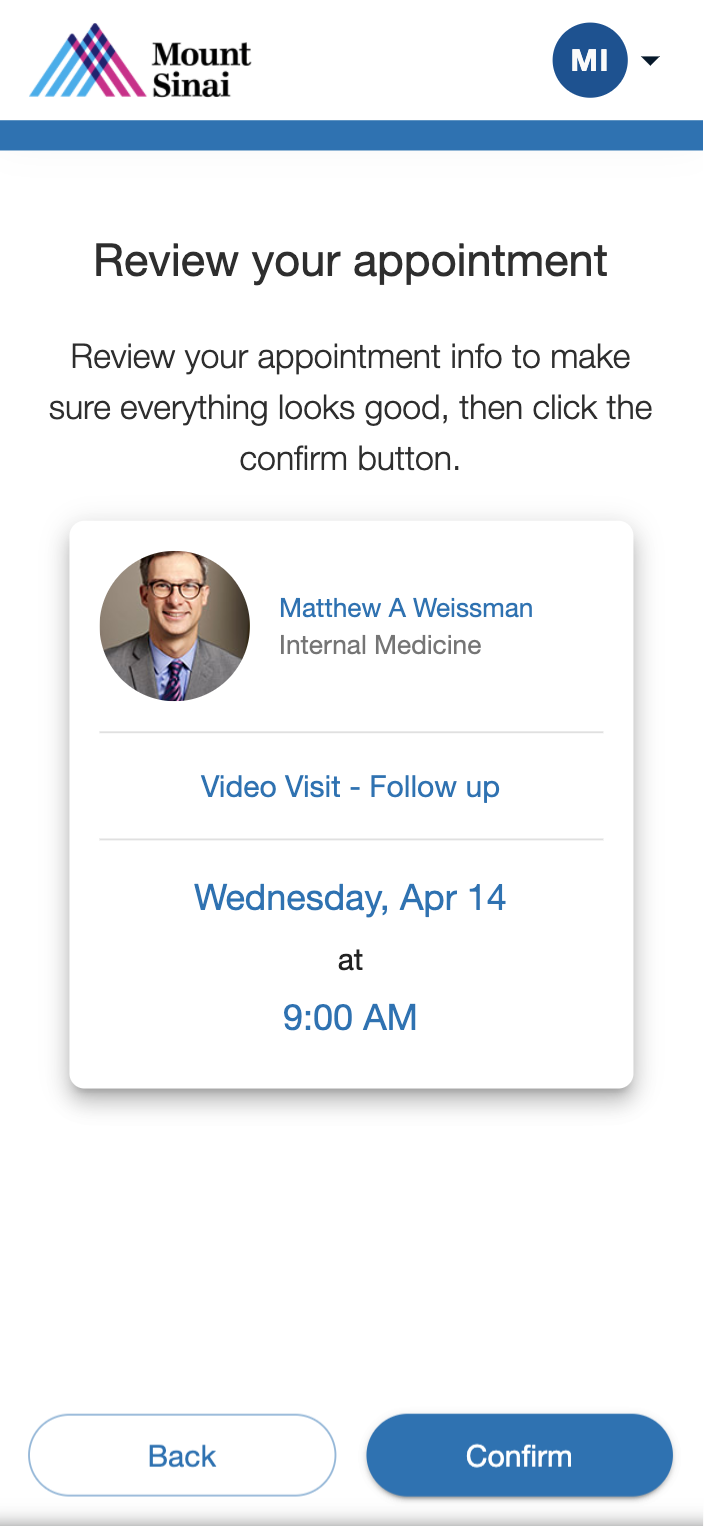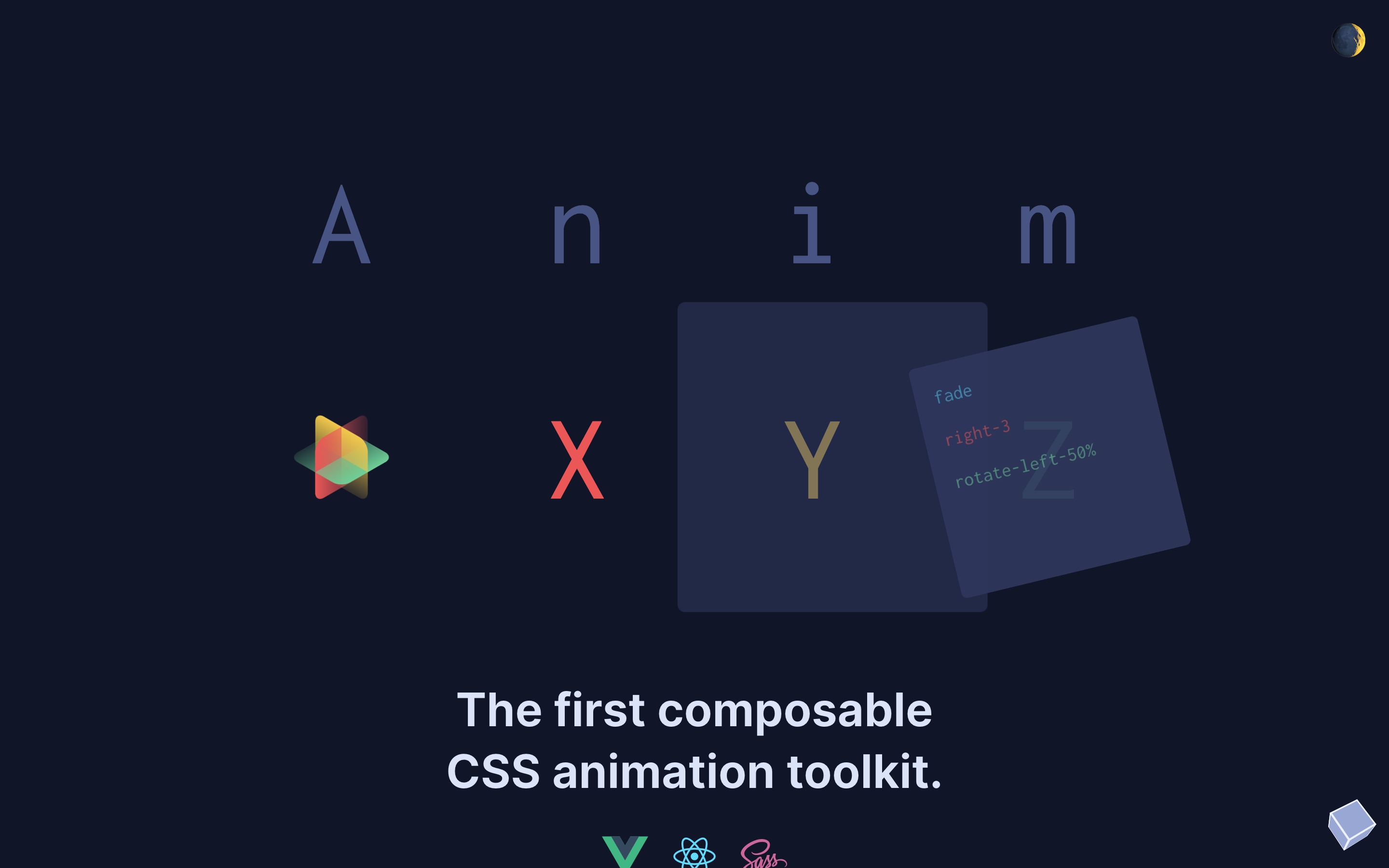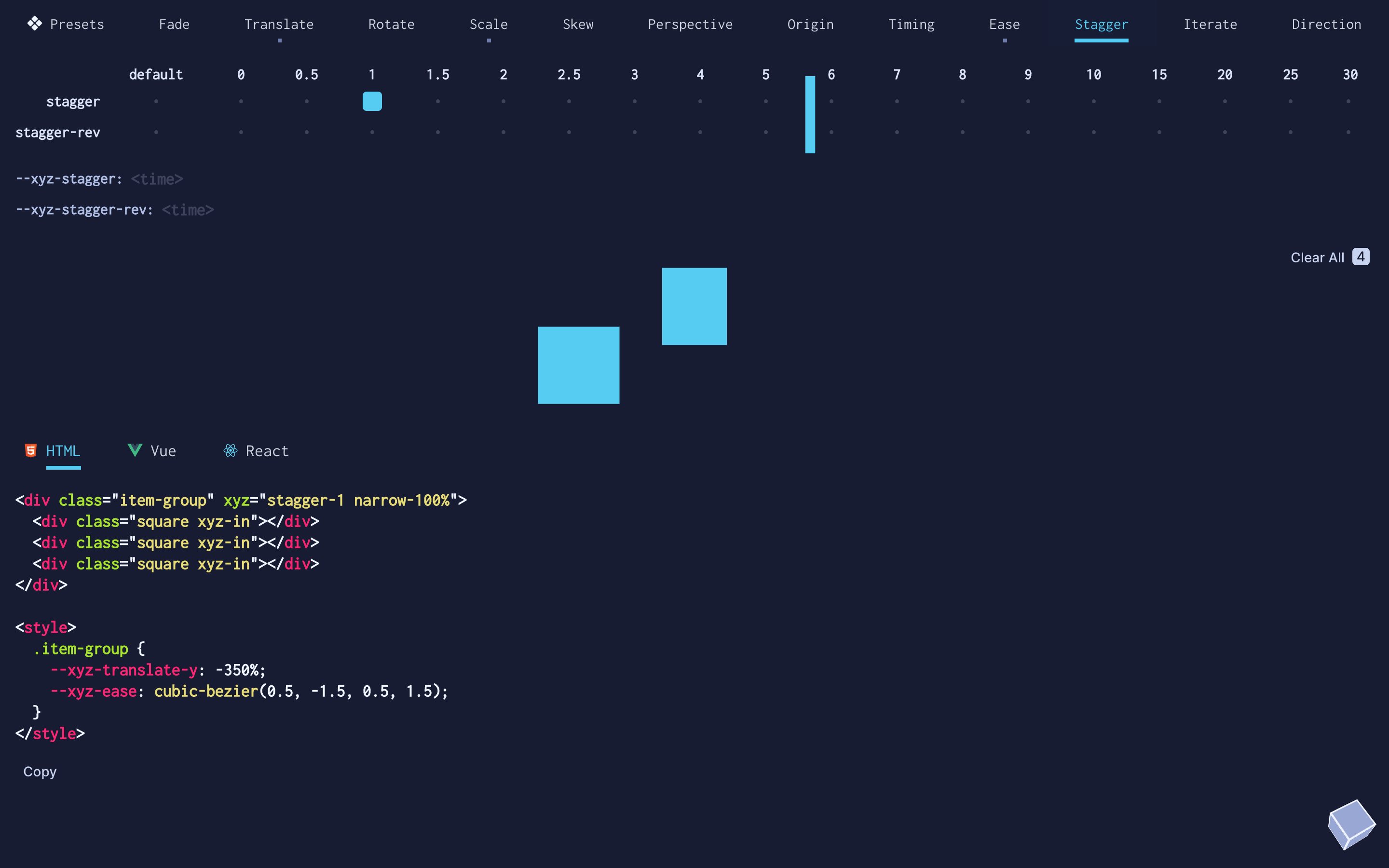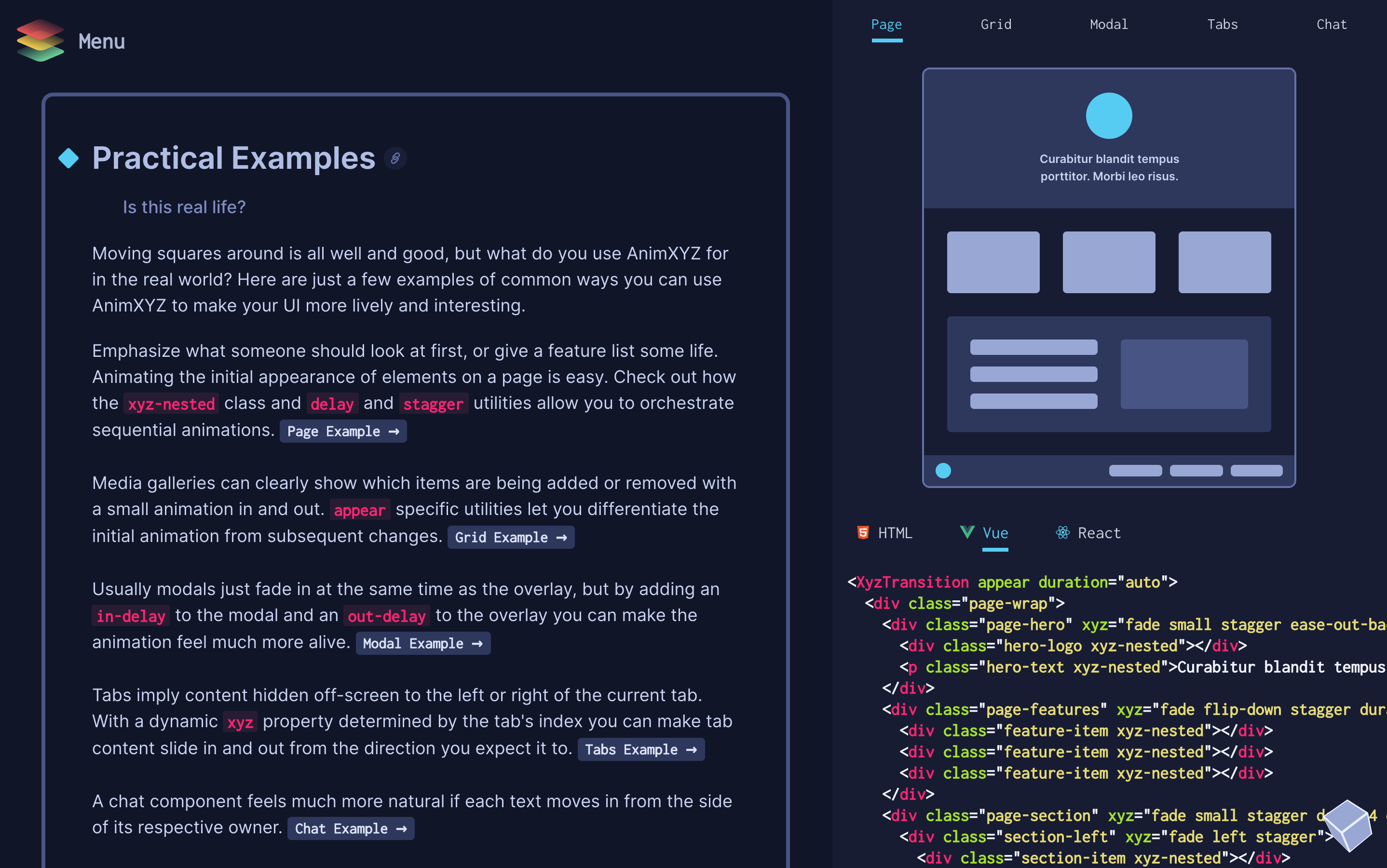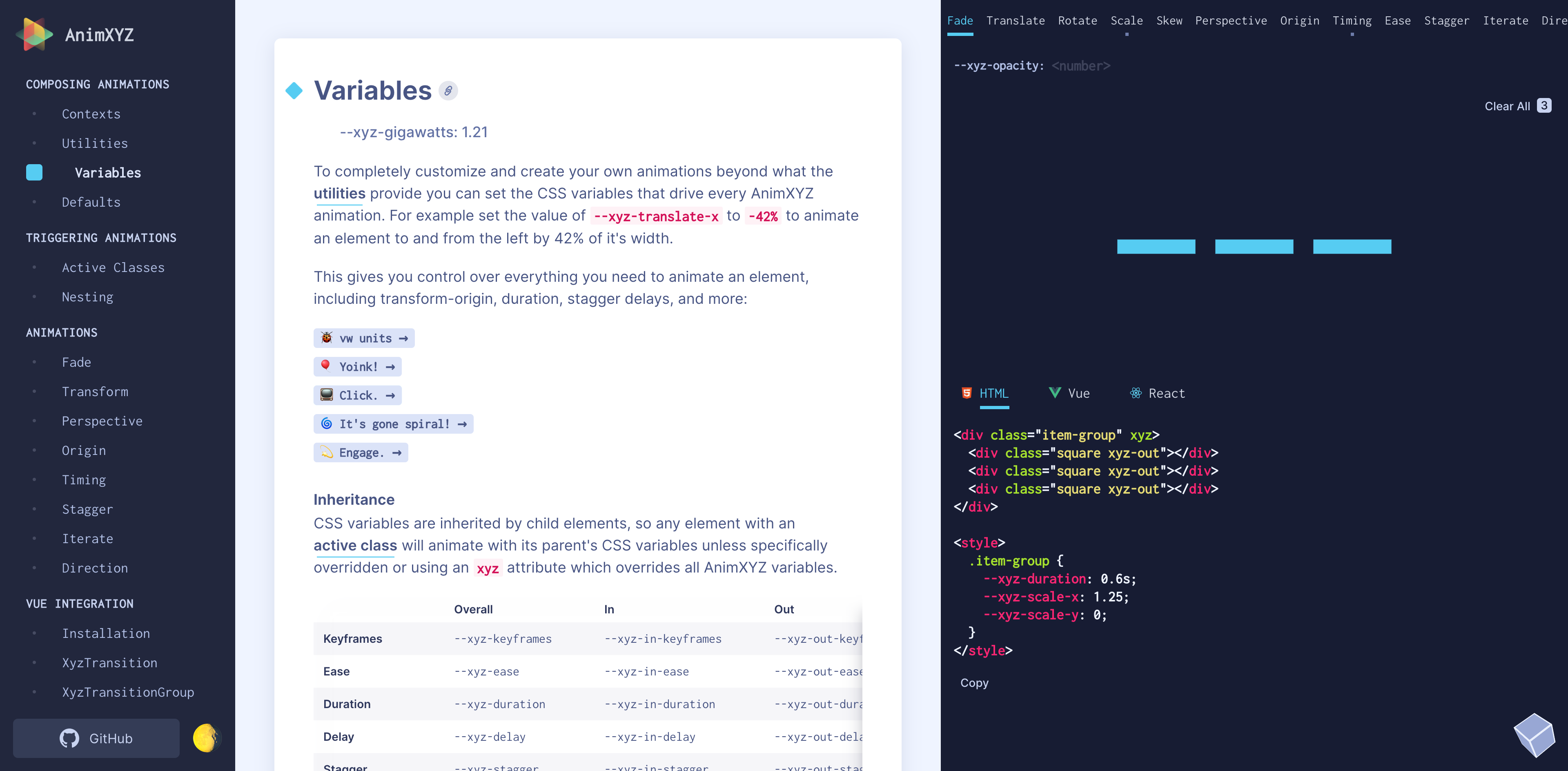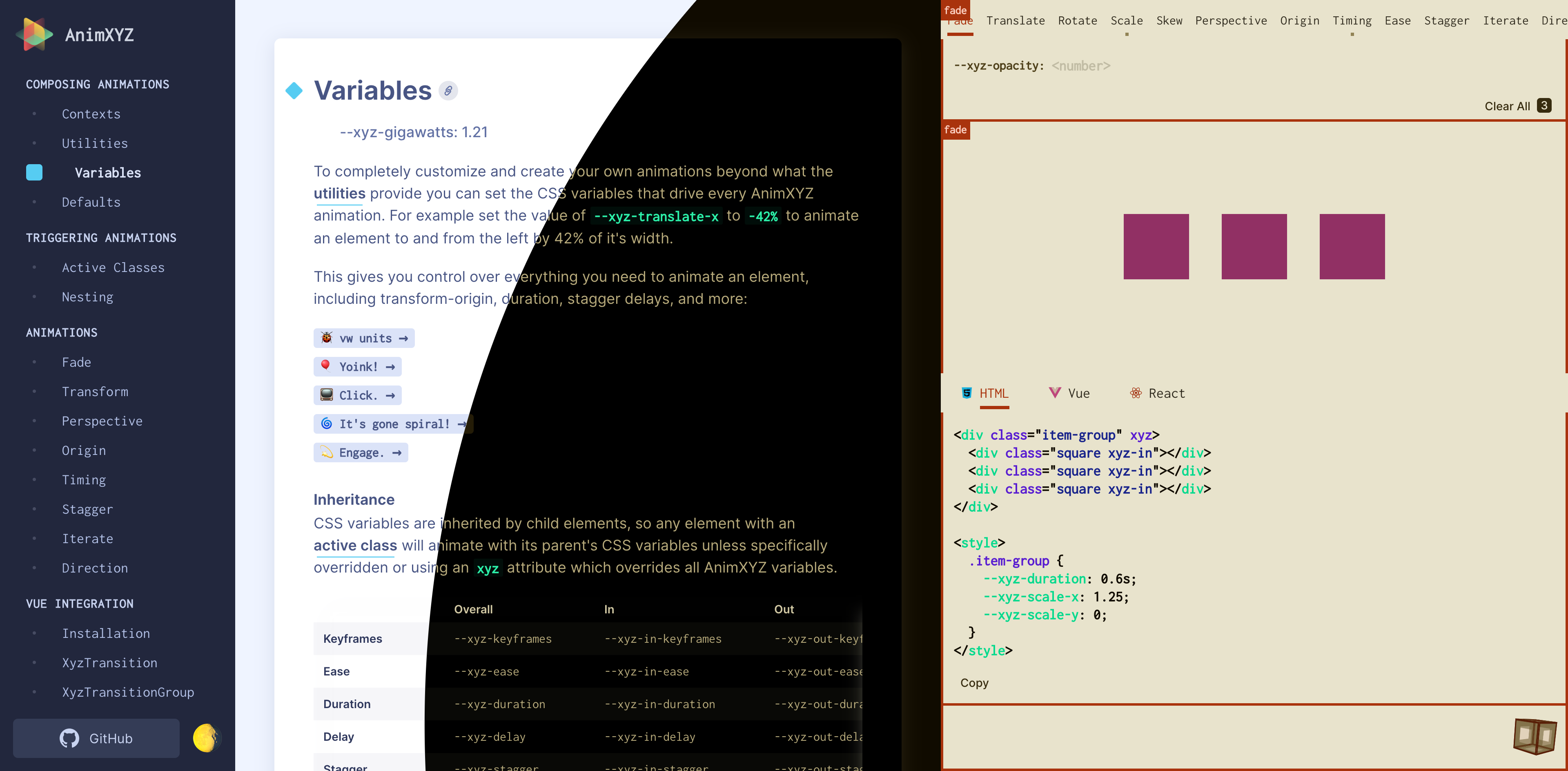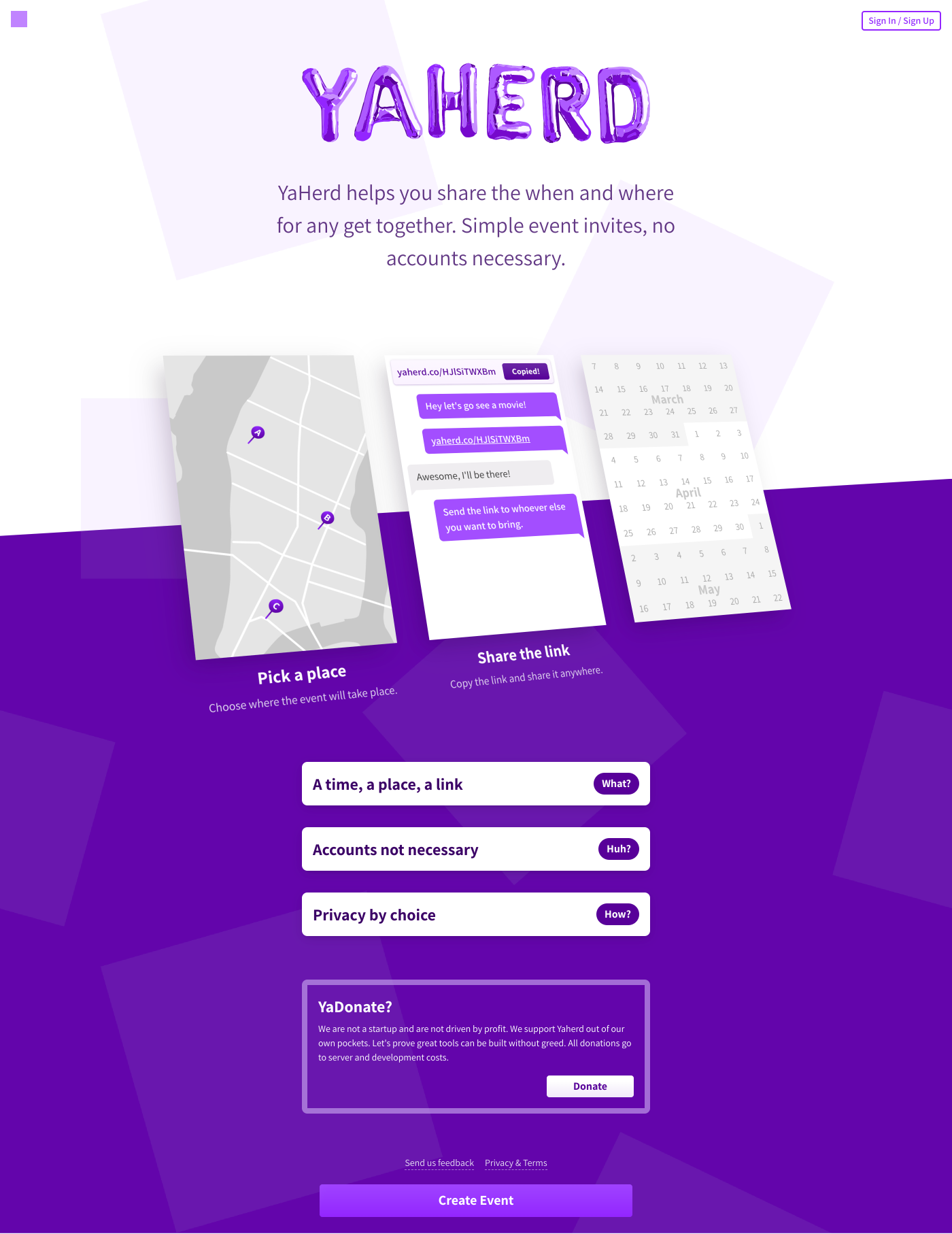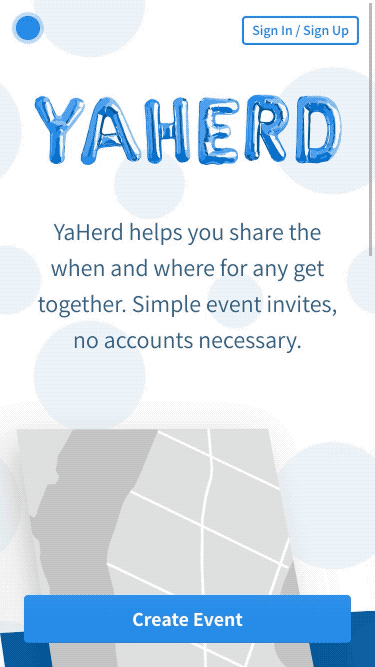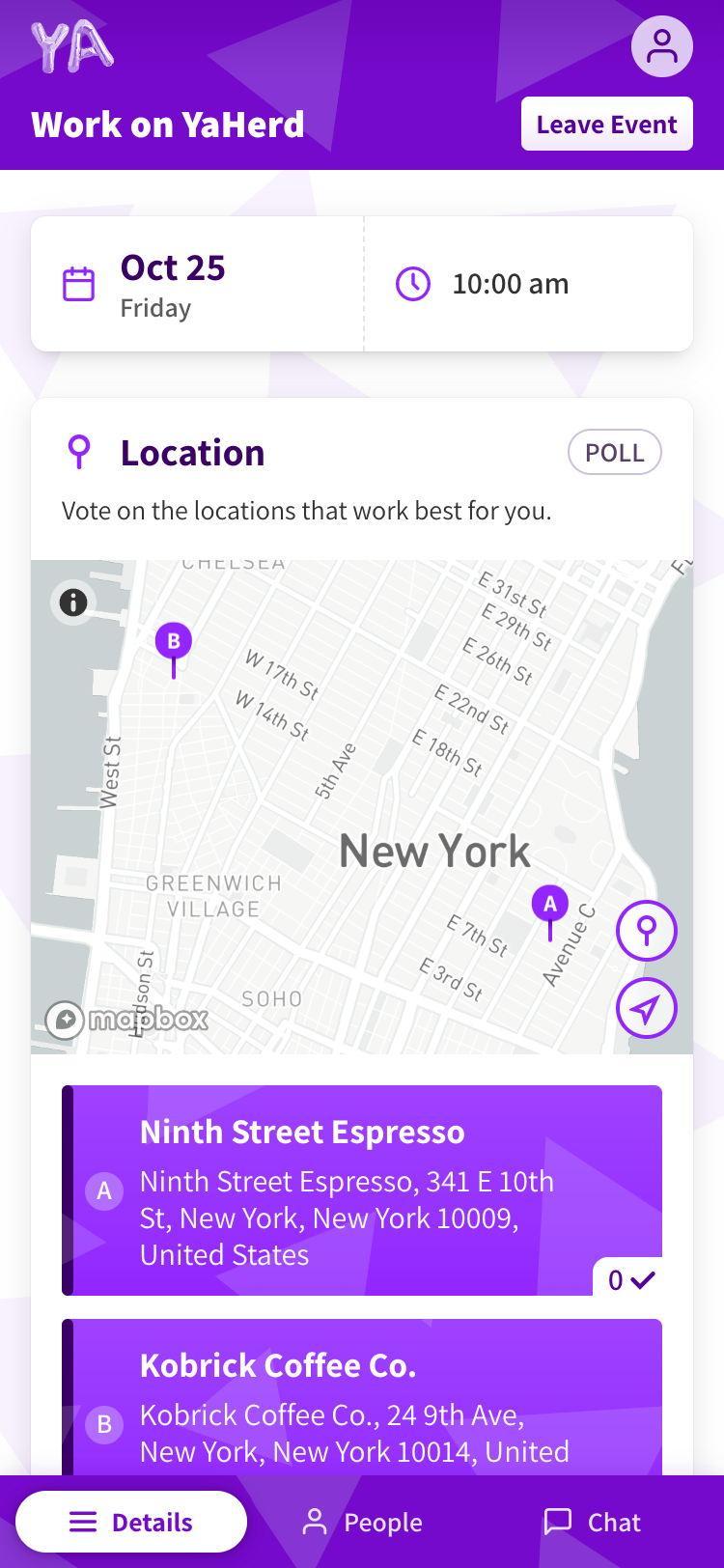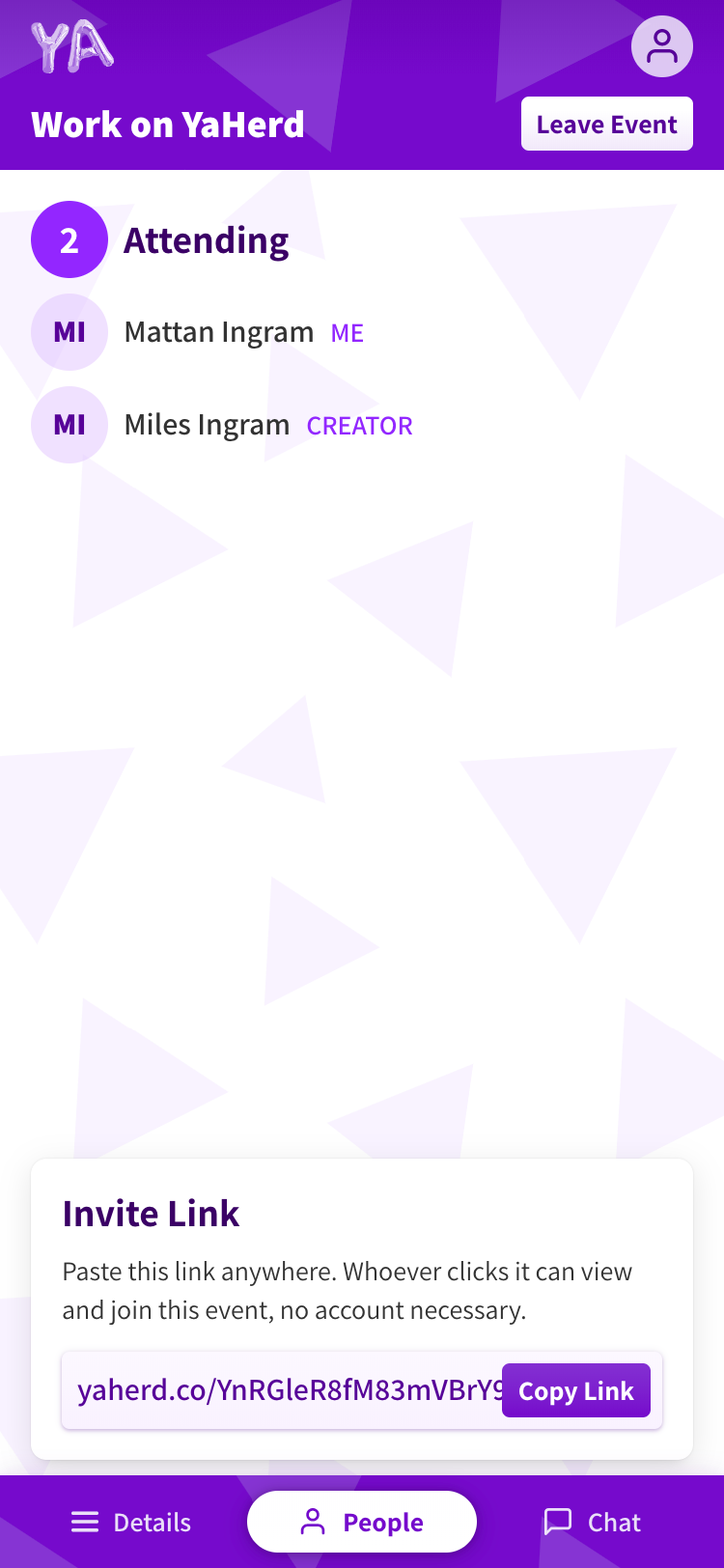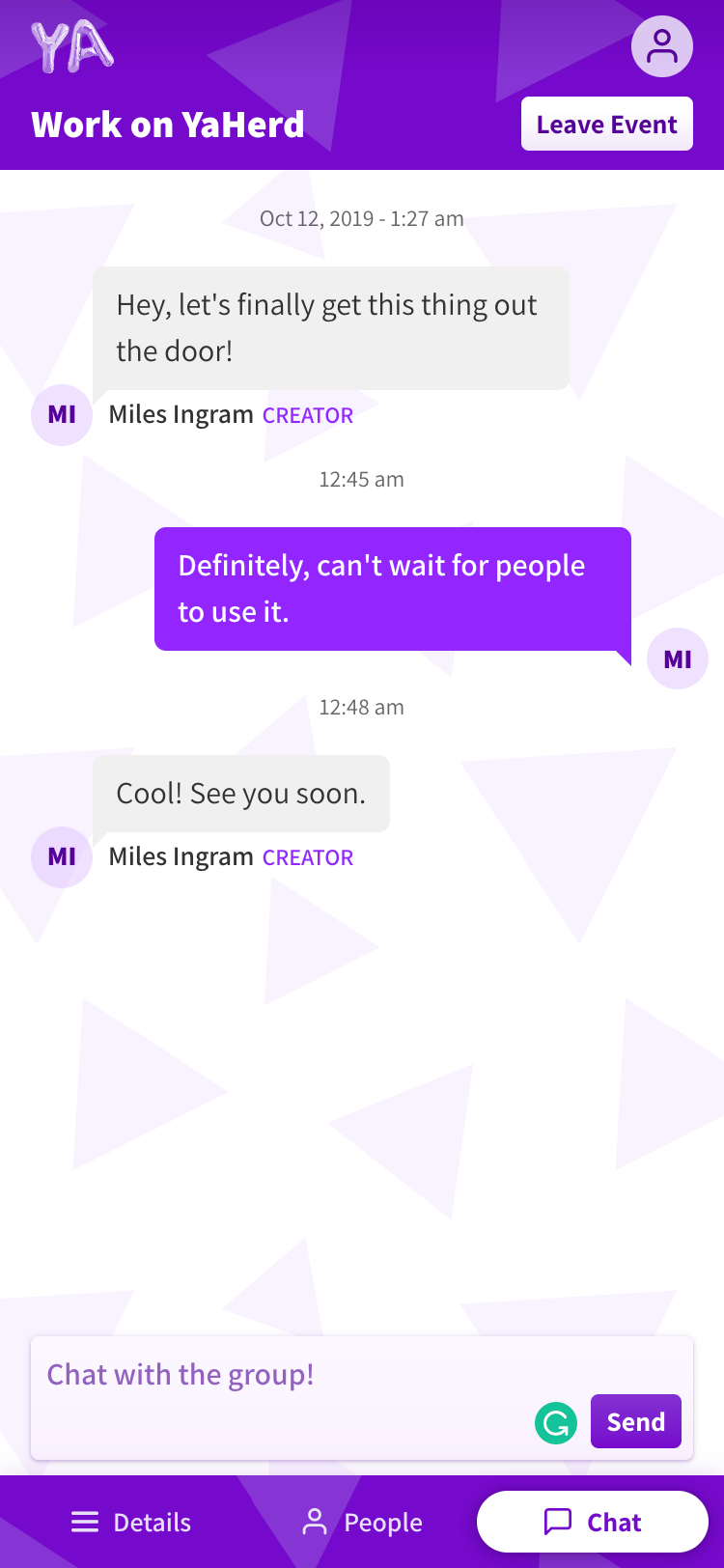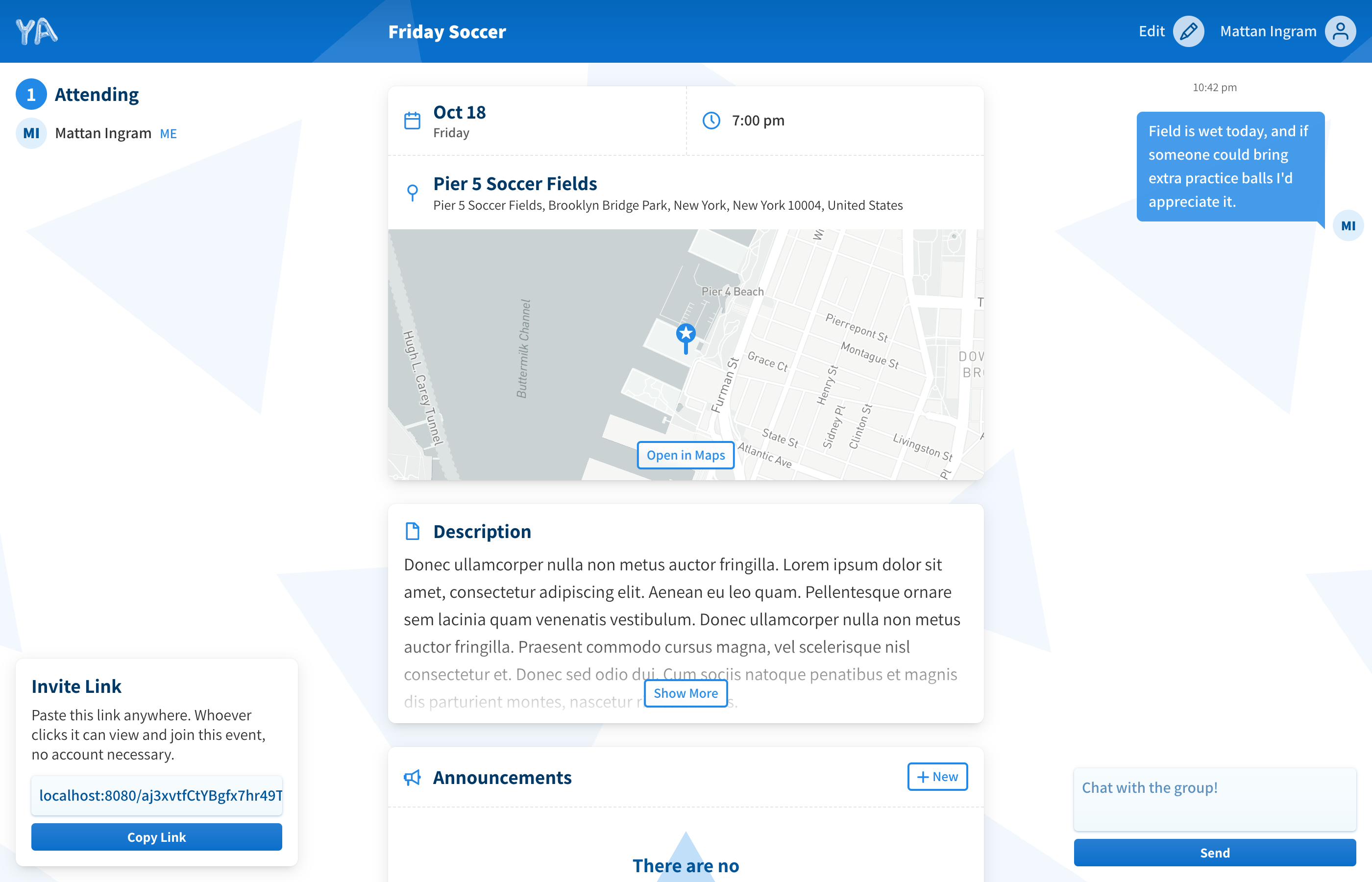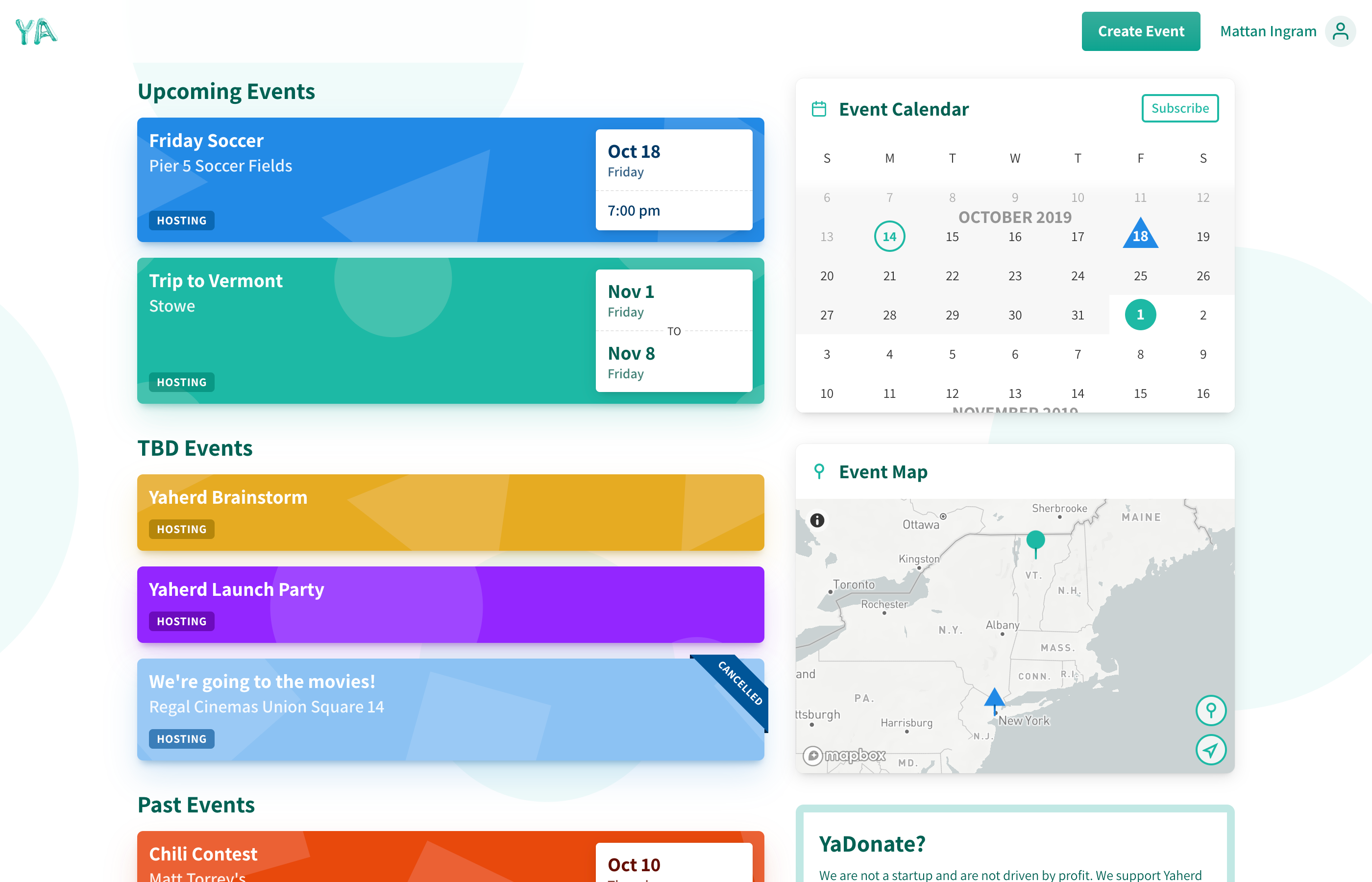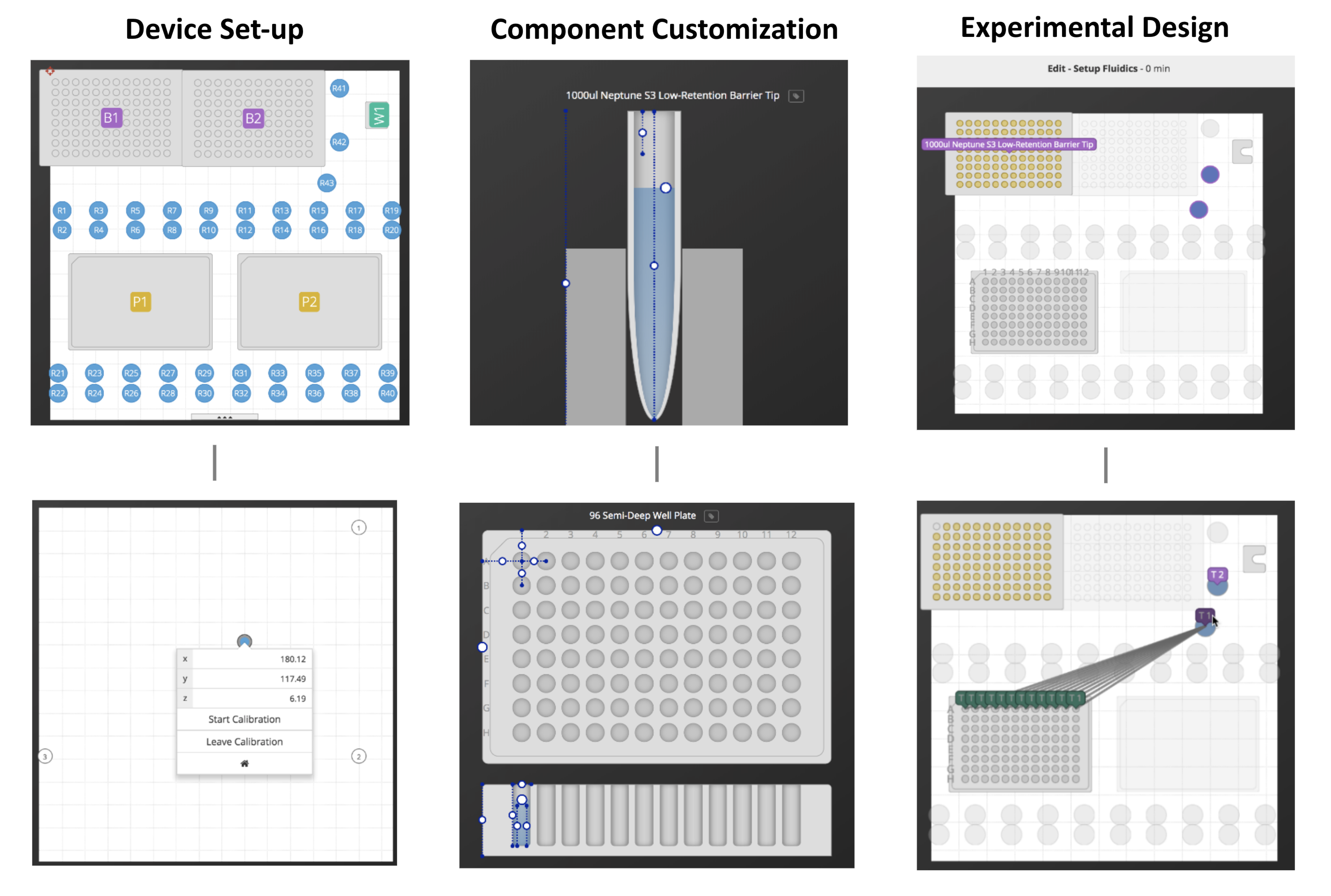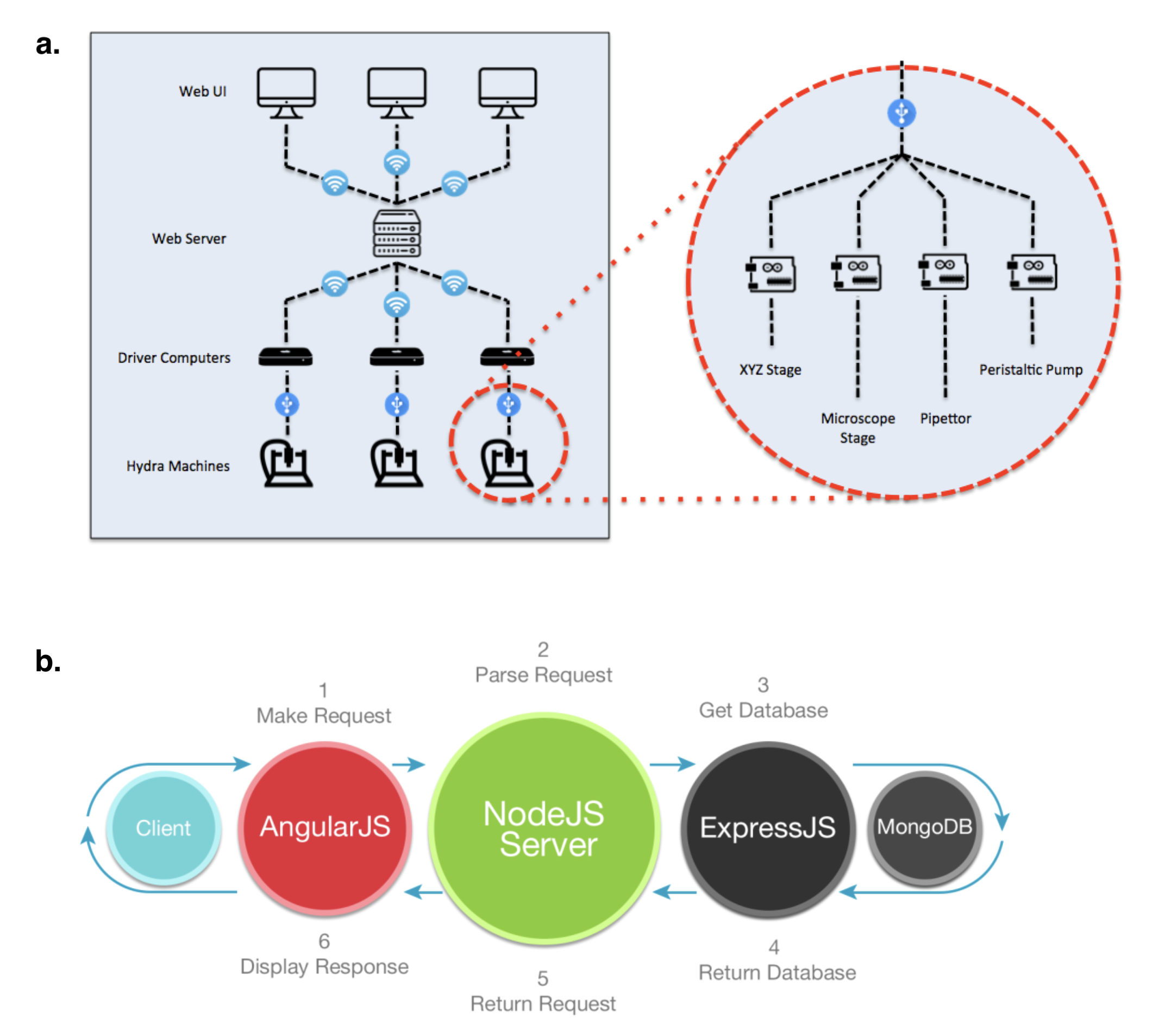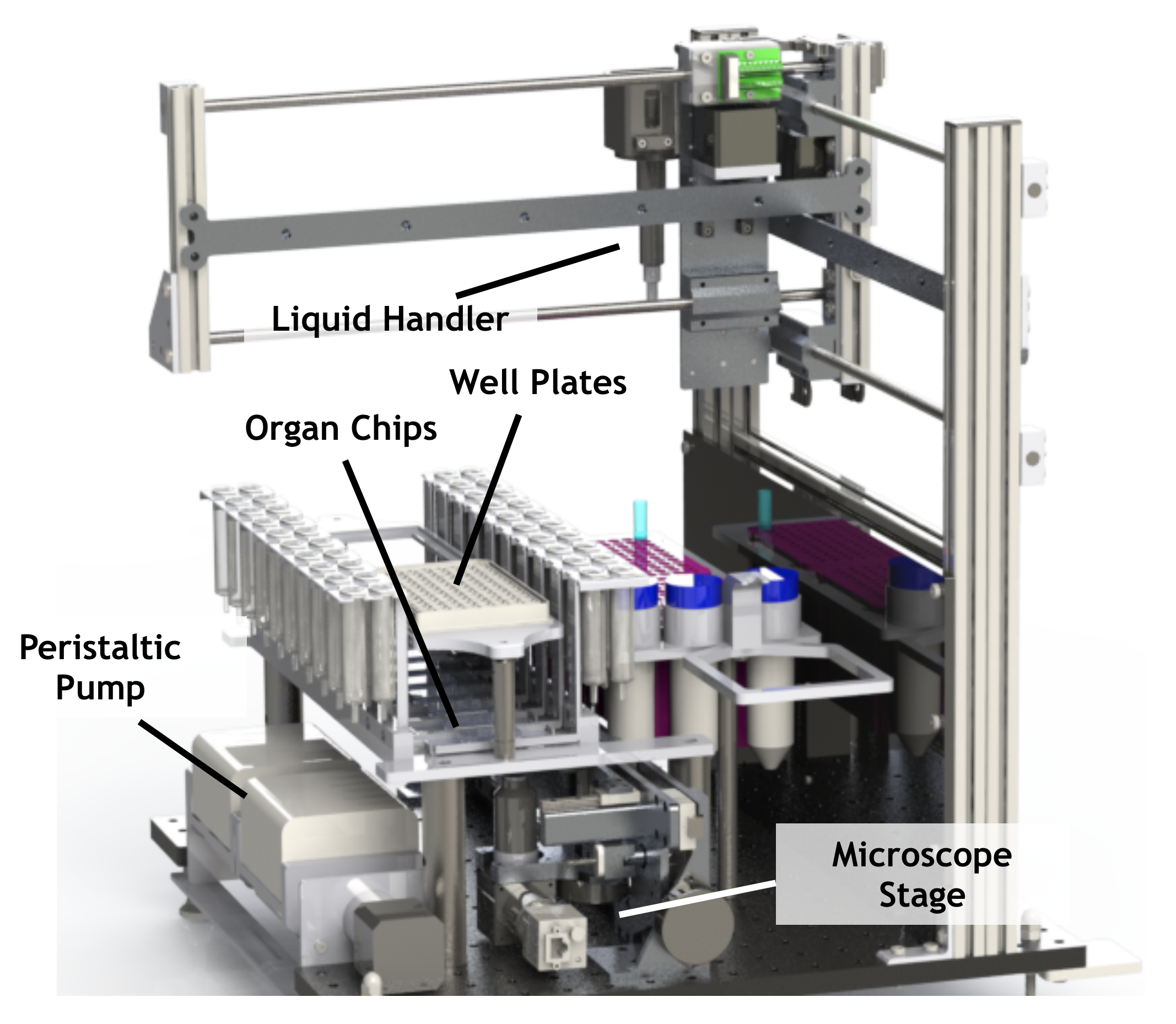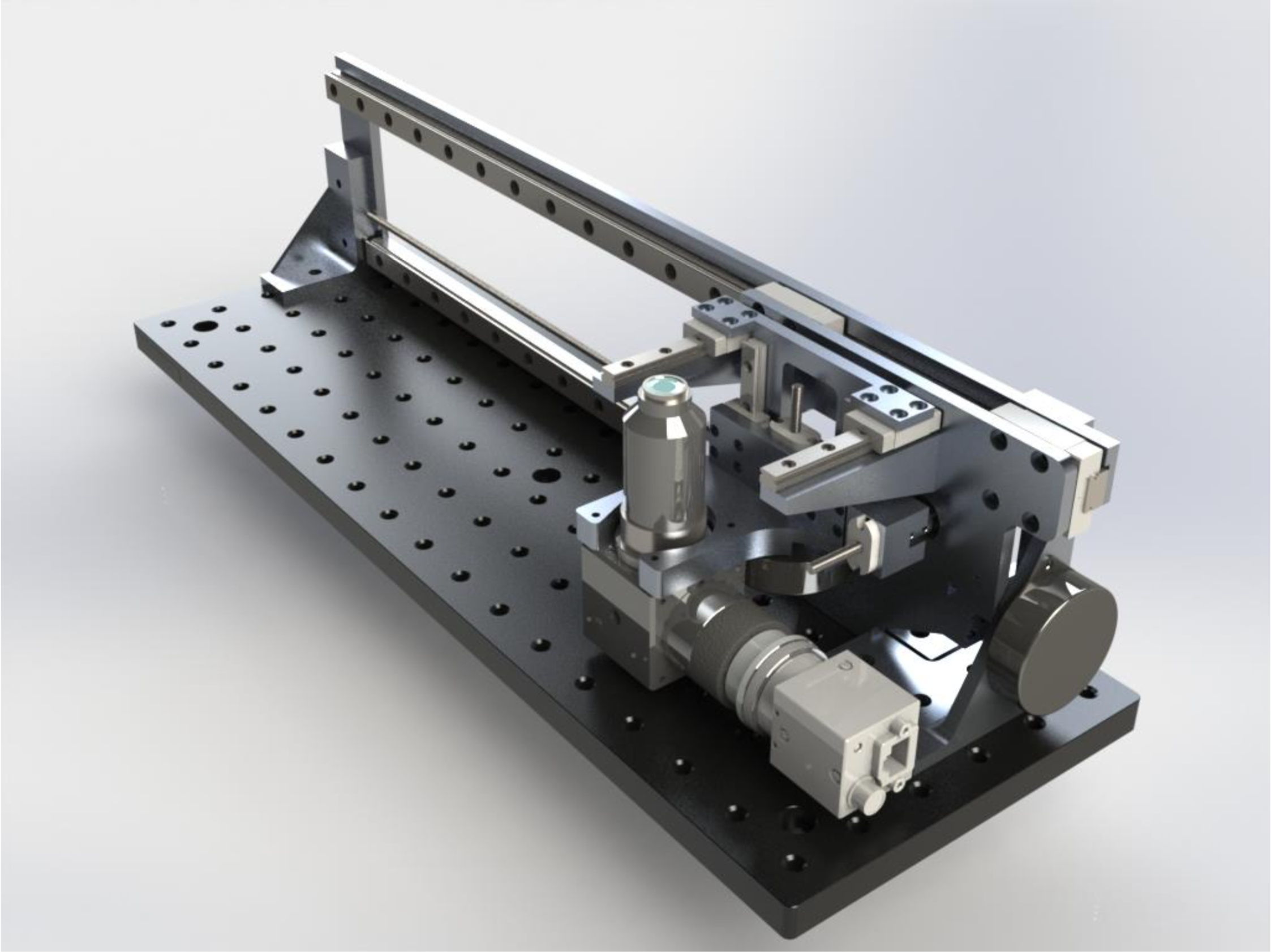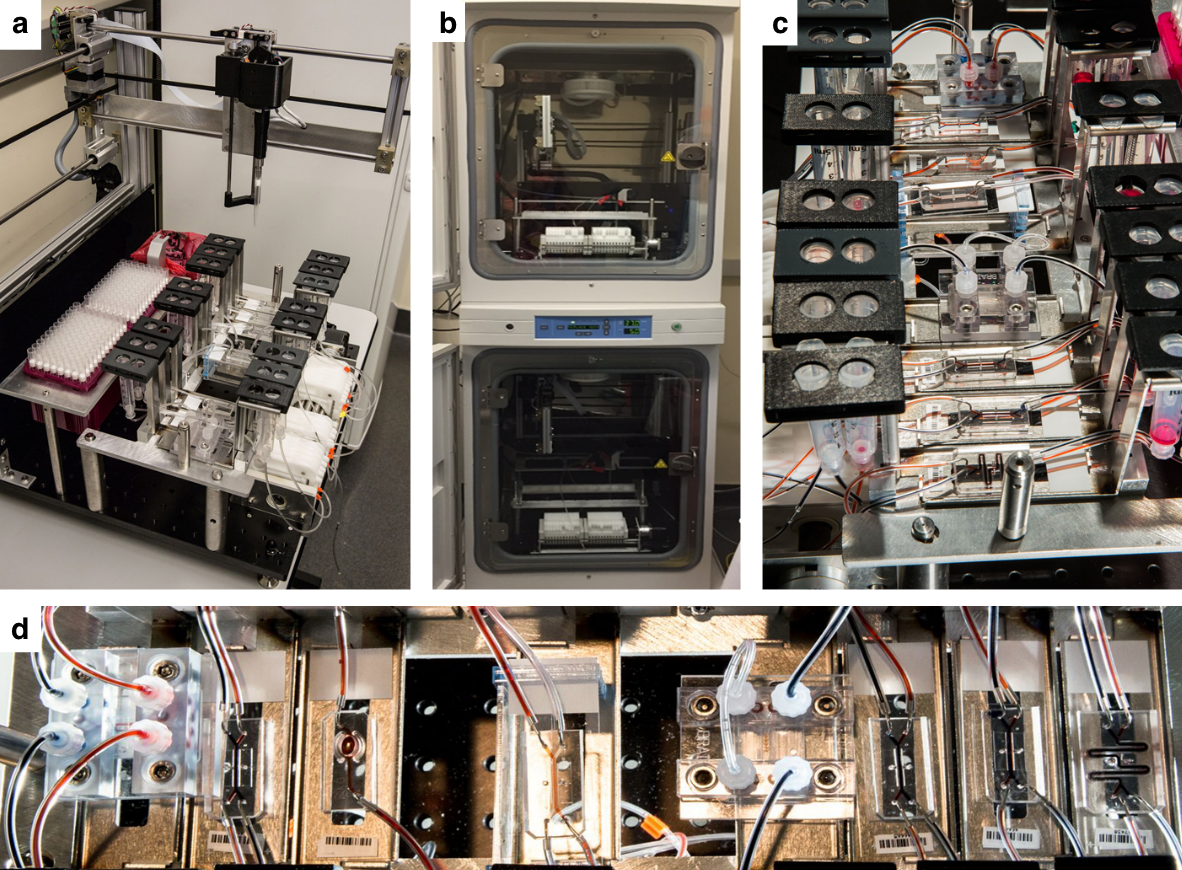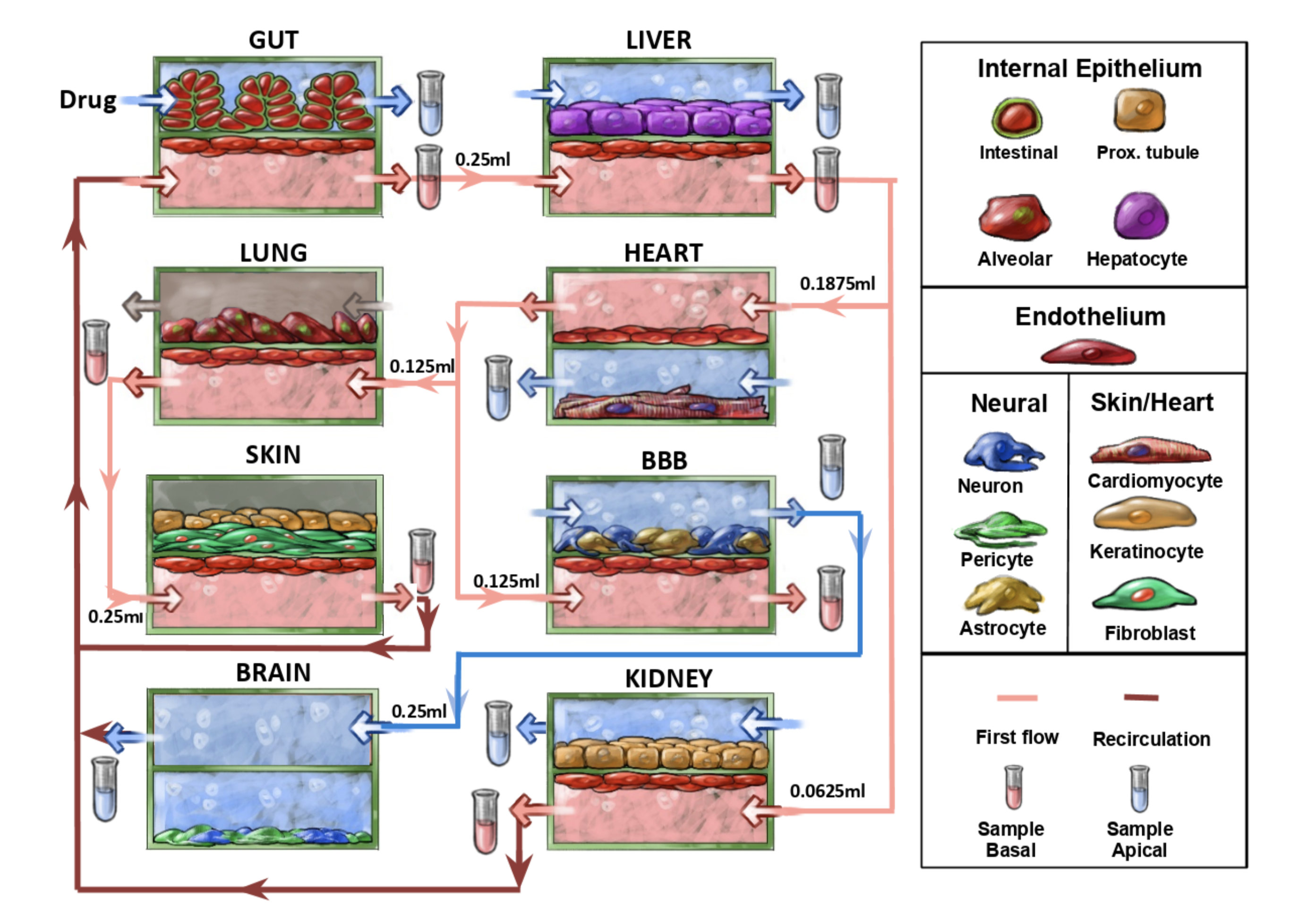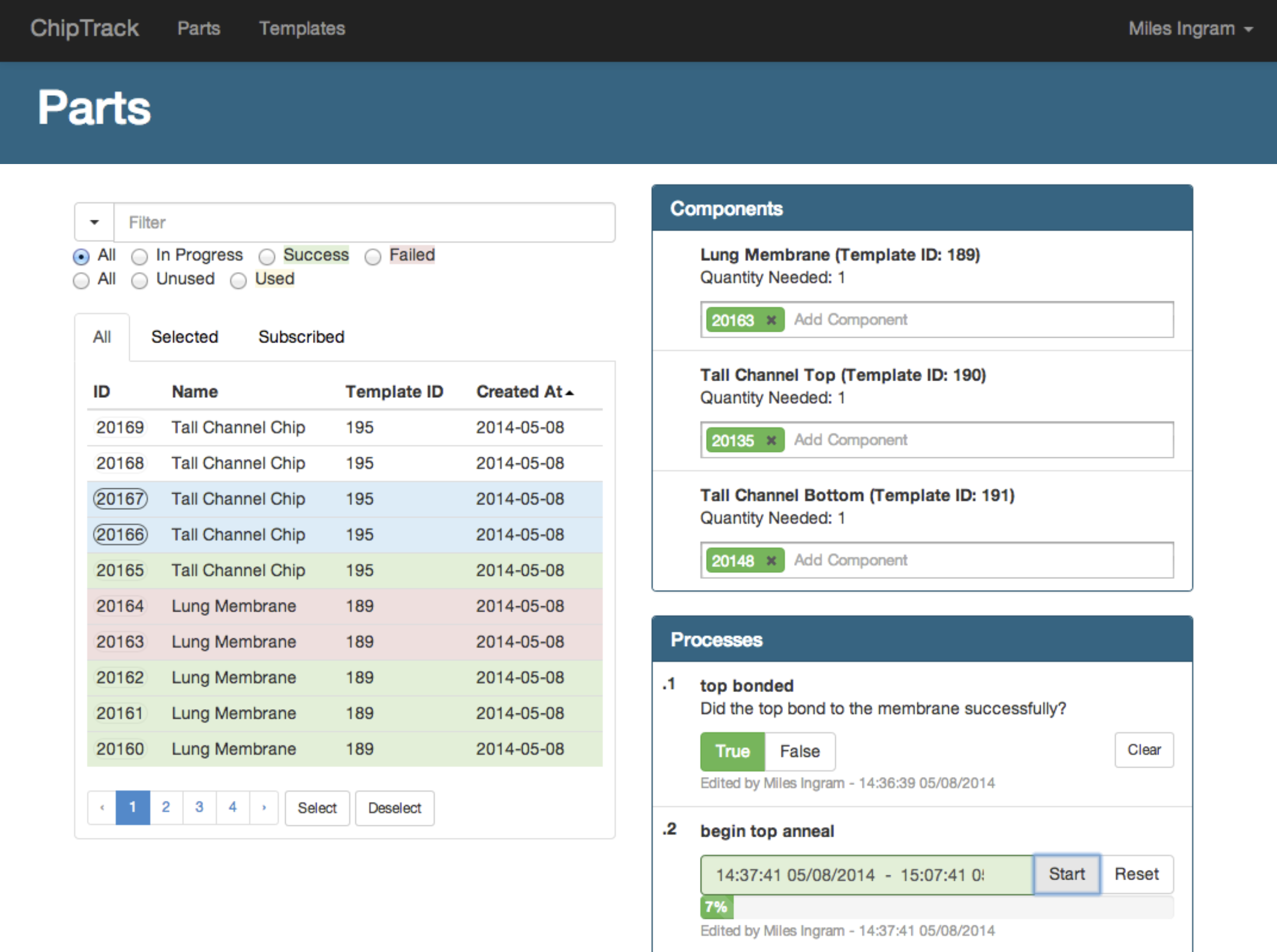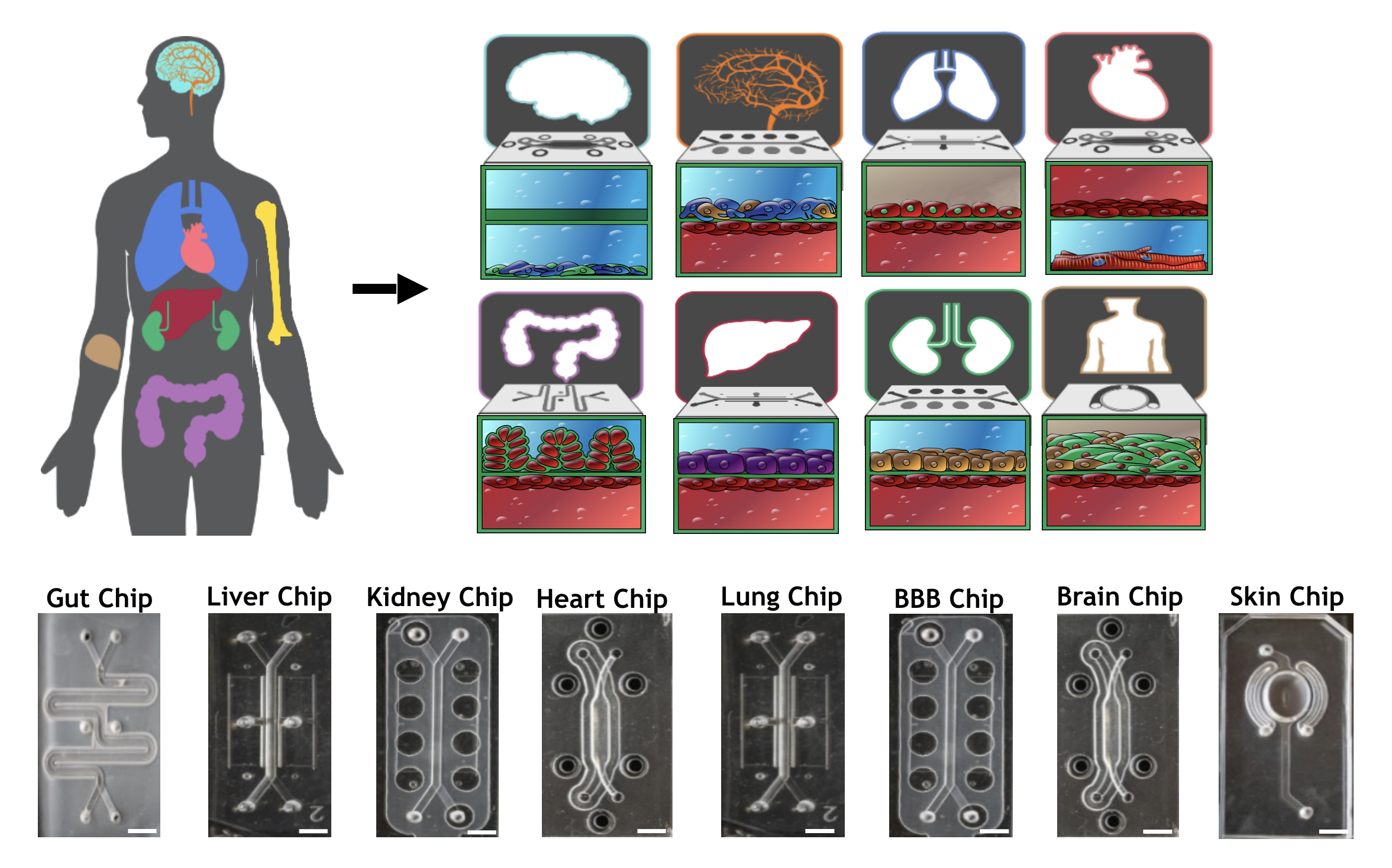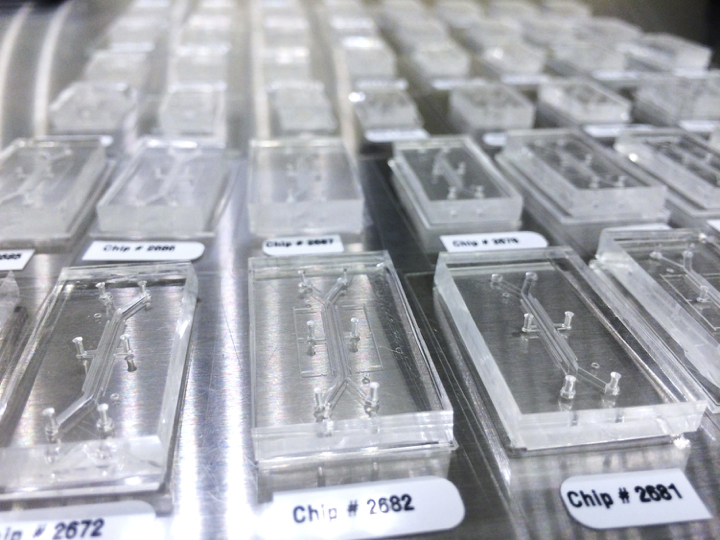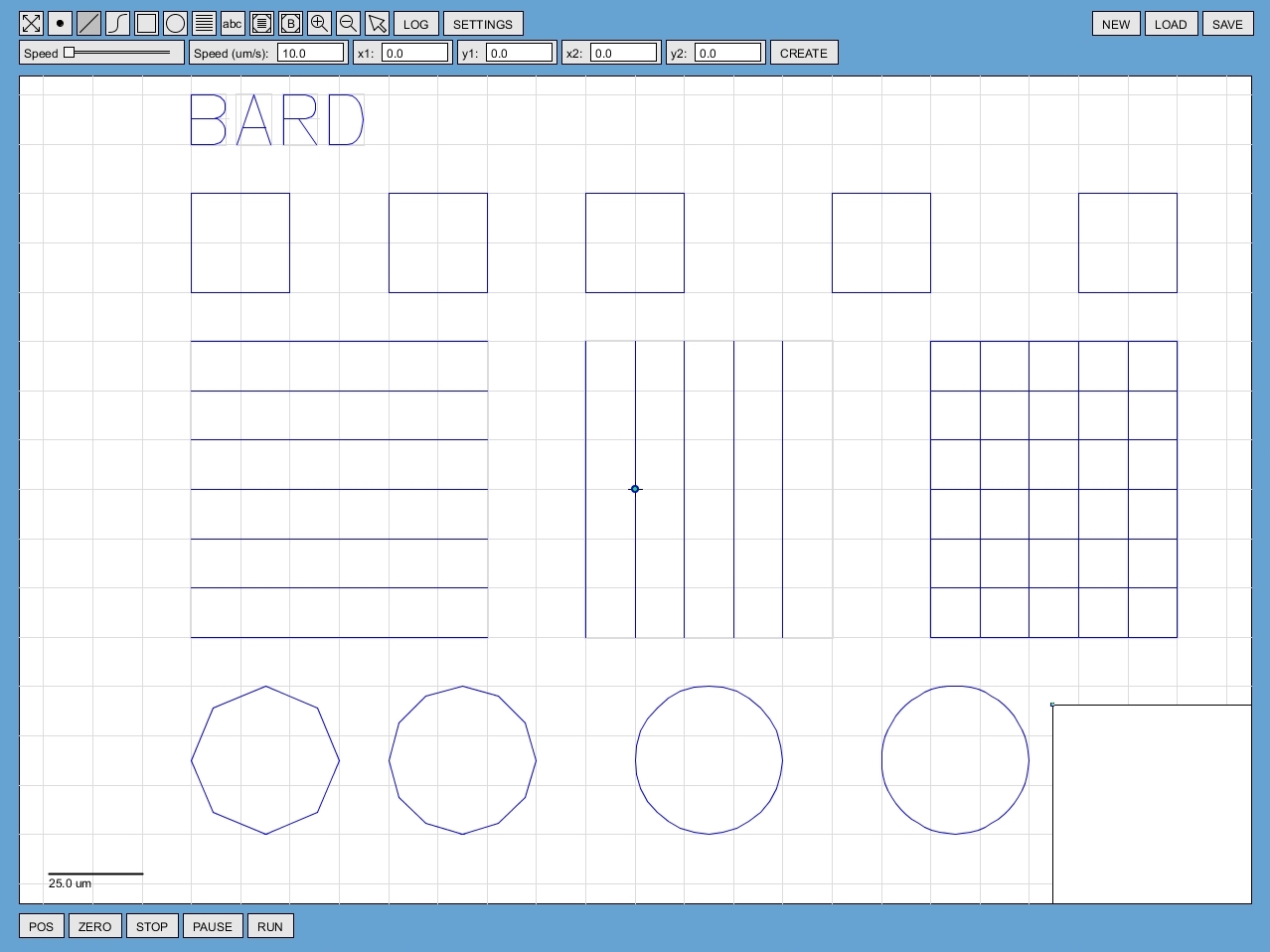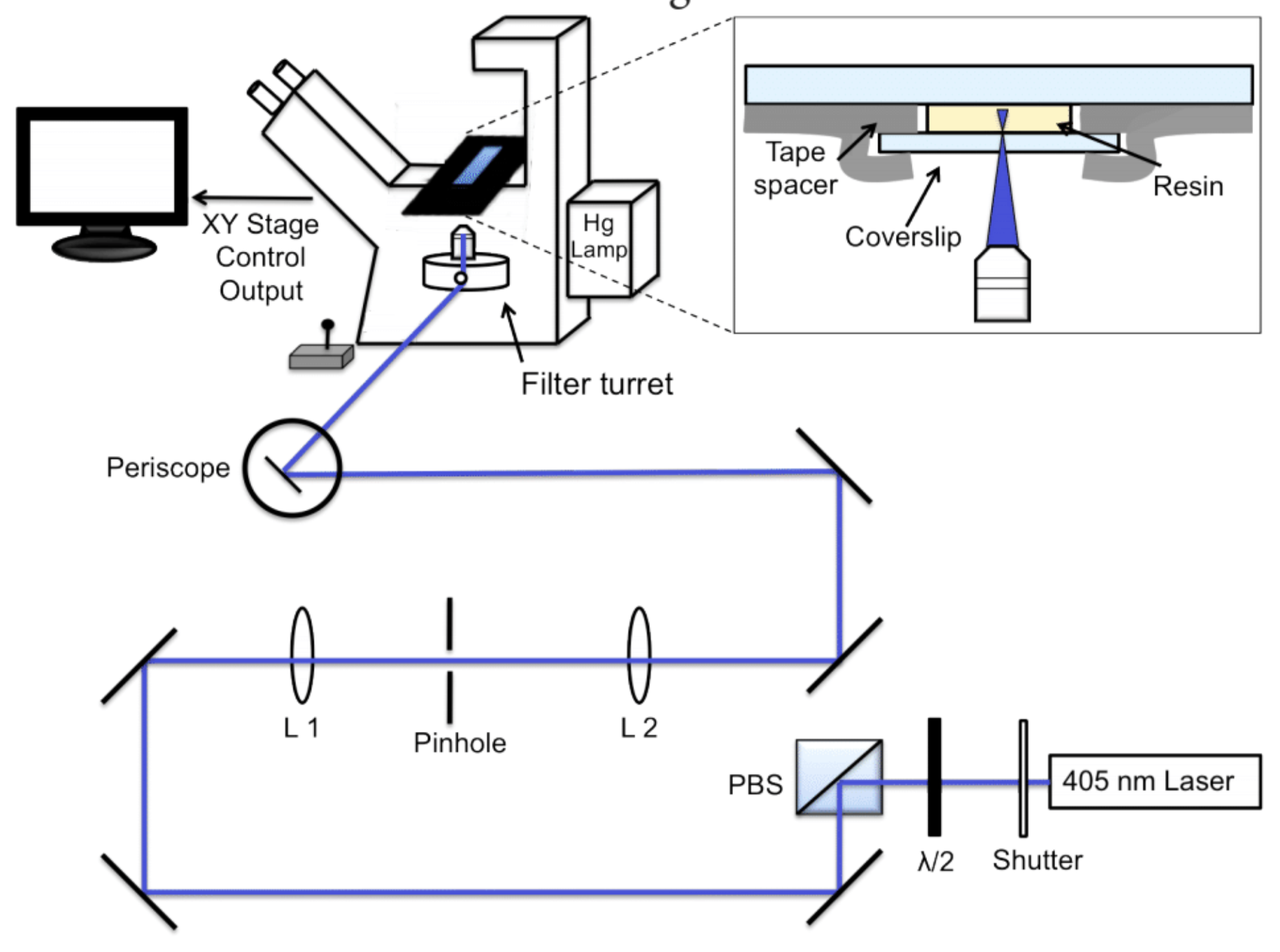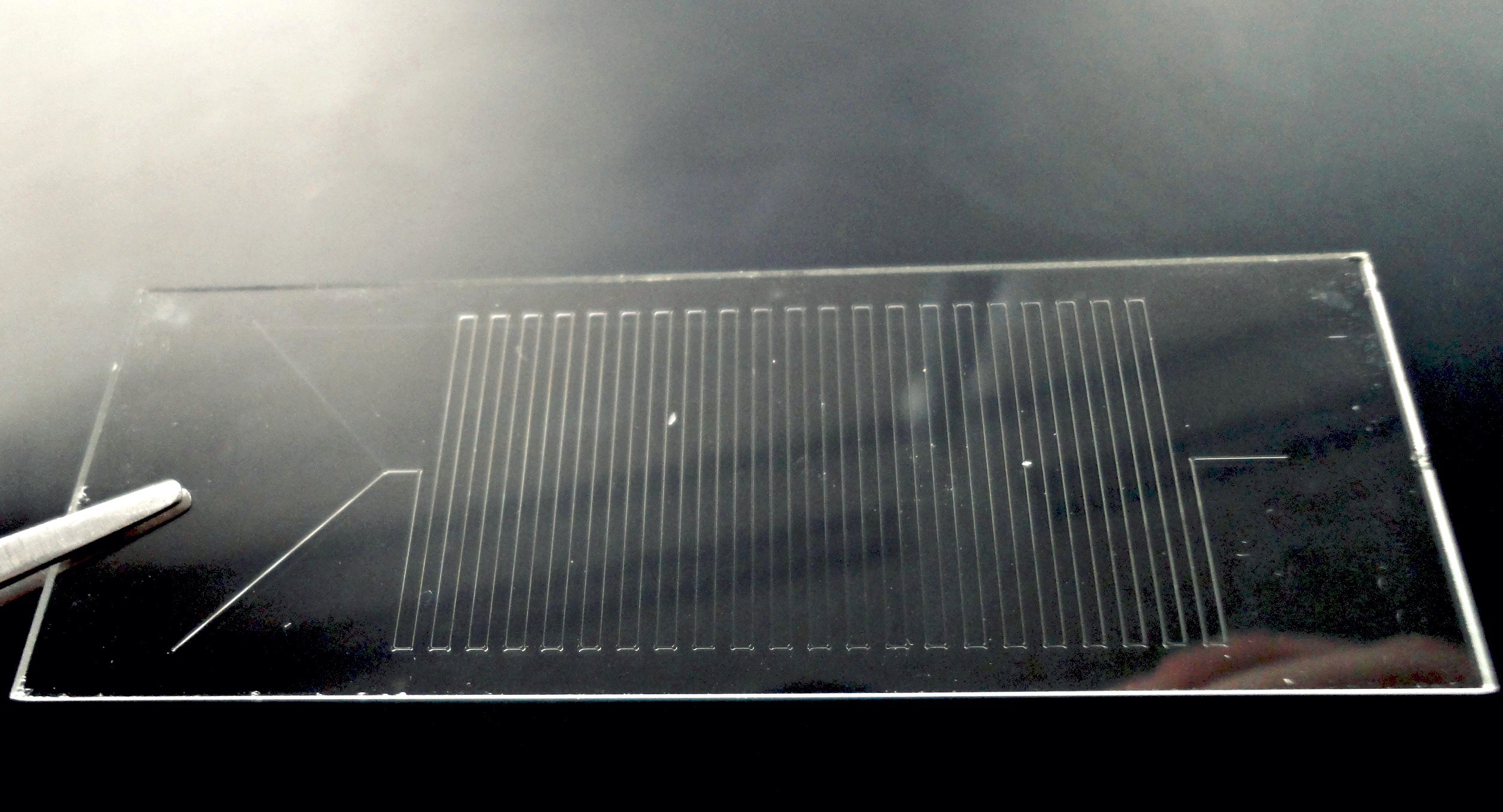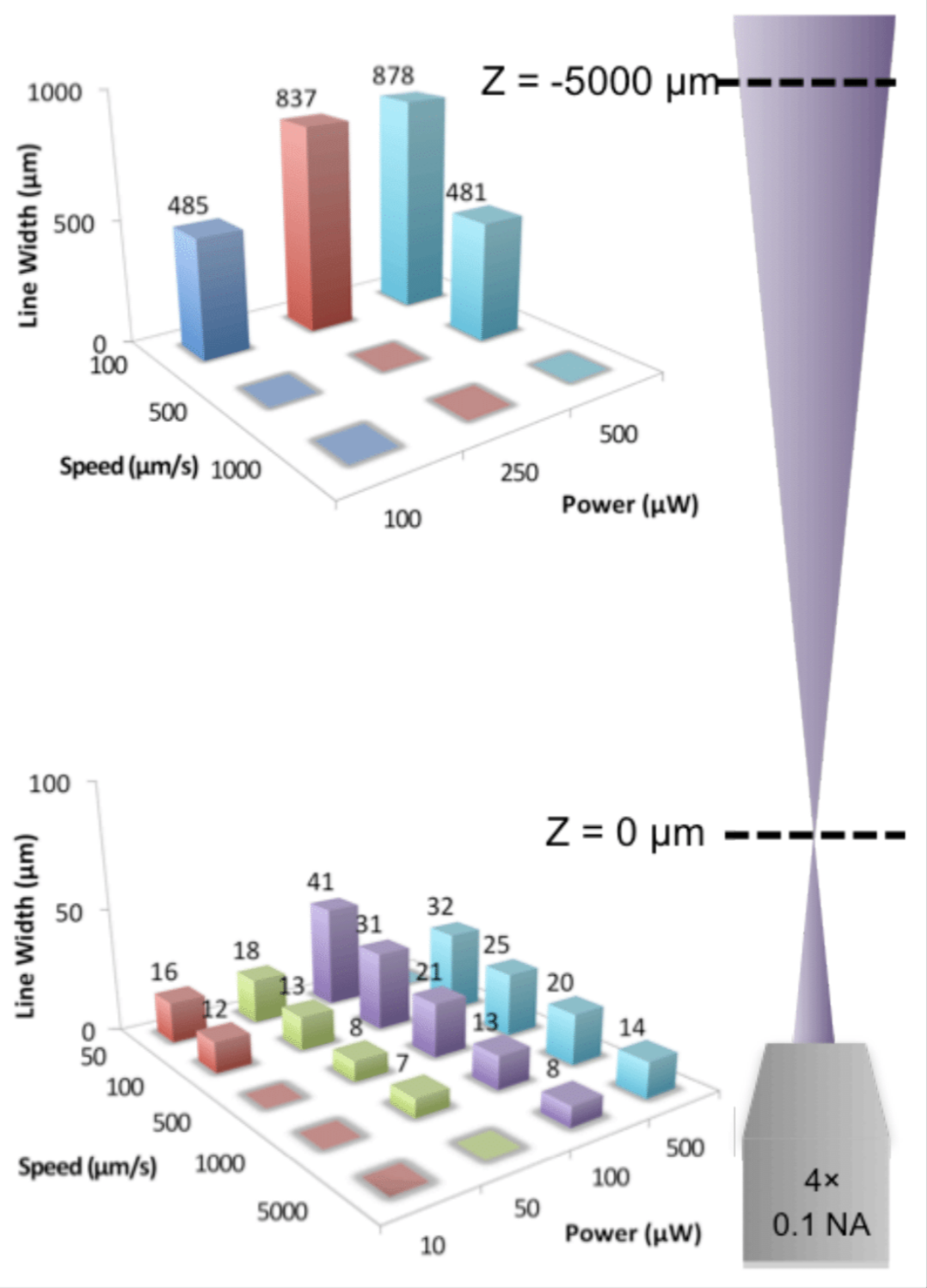Senior Fullstack Engineer
San Francisco, CA
1990–Present
Pushing the limits of web technology since the days of Flash games and CRT screens. I help teams create modern, scalable, and maintainable products and experiences from code.
Hiring? Paste your job description or type what you're looking for into the text box below to see if I'm a good fit (AI Powered).
Revel
Senior Frontend Engineer
2023–Present
Revel
Senior Frontend Engineer
2023–Present
Revel is a Brooklyn-born transportation company that’s electrifying cities through charging infrastructure and shared electric vehicle fleets. Through the Revel app, users can request electric vehicle rides anywhere in the New York City area or find fast-charging stations compatible with any brand of EV. At Revel, I helped lead the development of the internal rideshare support dashboard for managing our fleet of drivers and electric vehicles. I also helped lead the development the native app to allow drivers to give passengers rides, navigate the city, and manage their accounts.
Visible
Co-Founder
2021–Present
Visible
Co-Founder
2021–Present
Visible lets you create multiplayer interactive pages to curate and share your information in custom maps, calendars, galleries, and more. Simply add content and Visible will transform it into a fully interactive page so you can see your information the way it's meant to be seen. From travel itineraries to job hunts, Visible allows you to navigate the world of information like never before.
Co-founded with my brother Mattan Ingram.
Mount Sinai
Senior Fullstack Engineer
2019–2021
Mount Sinai
Senior Fullstack Engineer
2019–2021
At Mount Sinai I worked as part of the Consumer Digital team tasked with providing a modern, user-friendly, and streamlined telemedicine experience for millions of Mount Sinai patients. I led development of multiple core features of the application such as a multi-platform HIPAA-compliant video-visit system, the appointment booking flow, the signup flow, and various core APIs.
AnimXYZ
Co-Creator
2020–2021
AnimXYZ
Co-Creator
2020–2021
AnimXYZ is the first fully composable and customizable CSS animation toolkit that lets you create animations for your HTML, Vue, or React website using plain english. We initially created it as an experiment and it was so compelling we turned it into an open-source library that now has over 2k stars on GitHub. The library leverages the power of utility classes and CSS variables to allow a nearly limitless number of unique animations without writing a single keyframe.
Co-created with my brother Mattan Ingram.
Check out our episode about it on PodRocket.
YaHerd
Co-Creator
2018–2019
YaHerd
Co-Creator
2018–2019
YaHerd helps you share the when and where for any get-together. Simple event invites, no accounts necessary. From a party to a protest, YaHerd makes organizing an event as easy as pasting a link, with no ads, no tracking, and totally free.
Co-created with my brother Mattan Ingram.
Wyss Institute
Systems Engineer
2016–2018
Wyss Institute
Systems Engineer
2016–2018
At the Wyss Institute I designed and built a robotic platform and GUI for human tissue culture and experimentation. The robot was designed to automatically perform the complex liquid handling, climate control, and imaging tasks necessary for culturing human organ tissue within microfluidic devices.
Wyss Institute
Microdevice Design Engineer
2014–2016
Wyss Institute
Microdevice Design Engineer
2014–2016
At the Wyss Institute I designed and fabricated plastic microfluidic chips for culturing human organ tissues as well as developed a specialized QC tracking application. The microchips enabled tissue culture with unparalleled fidelity by utilizing complex microstructures and bio-coatings that mimic the cellular environment in the body. Ultimately the microchips could be used to accelerate the drug development process by providing a more accurate model of human organ tissues.
Bard College
Software Engineer
2013–
Bard College
Software Engineer
2013–
At Bard College I worked on a cost-effective direct laser writing system and GUI for the fabrication of microfluidic devices. The system coupled a standard fluorescence microscope, a 3-axis stage, and a UV laser to generate complex patterns with high precision. To make the system as user friendly as possible I programmed a custom GUI for pattern design and machine calibration.
